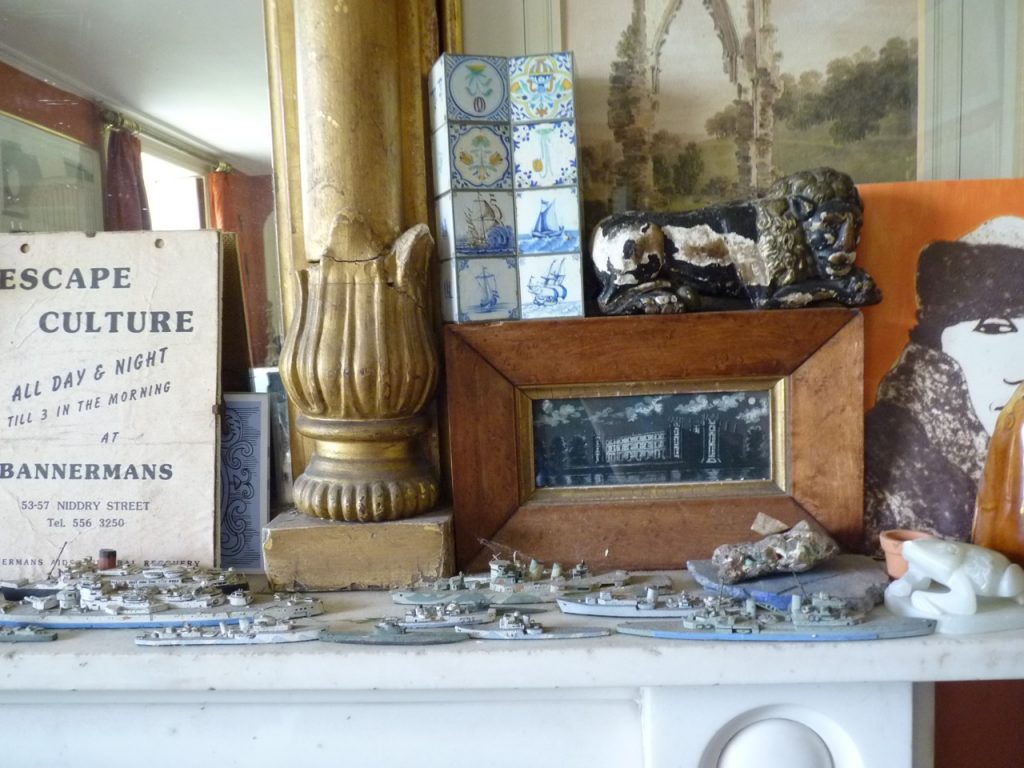
The postcard advertises Bannerman’s Bar in Cowgate, Edinburgh Old Town, Julian Bannerman’s legendary first venture in 1979, the place where he met his wife Isabel Eustace (it is still there). This is a tour of the house and garden which they recently took on in 84 pictures, beginning with the garden, then the house. The pictures are large so that you can see the detail. If you don’t like gardens, fast forward now, but you will be missing the best bit.
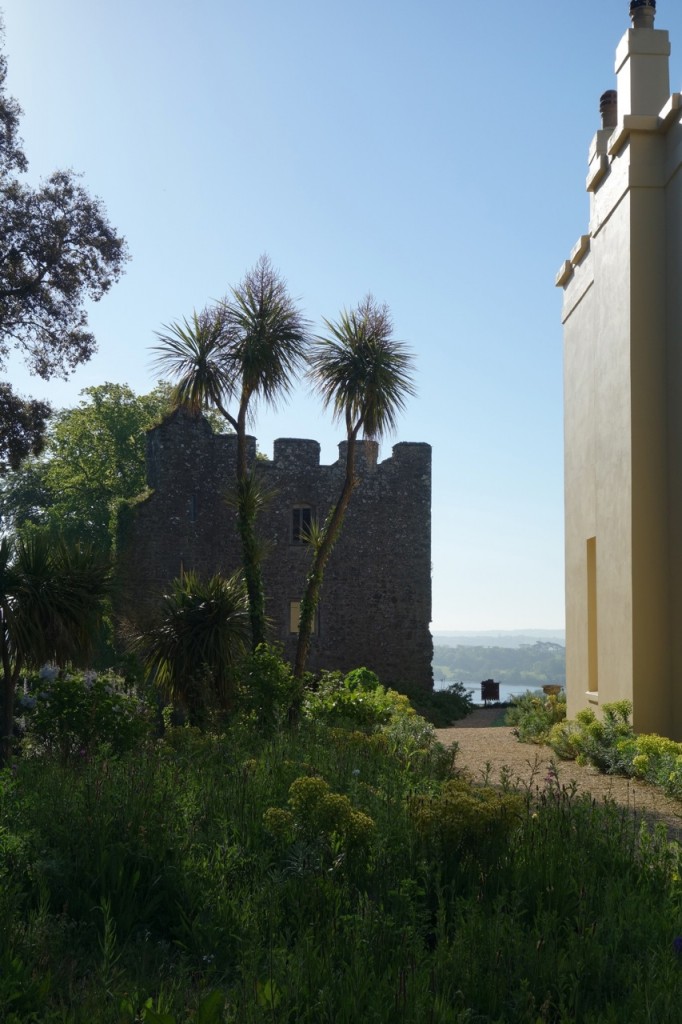
In 2012 the Bannermans left Hanham Court (one of my first and favourite posts here) the house they had restored and the garden they had created near Bath, for Trematon Castle on the eastern edge of Cornwall. Here they live in a long low Regency house built by a practical naval man who was also a follower of Sir John Soane.
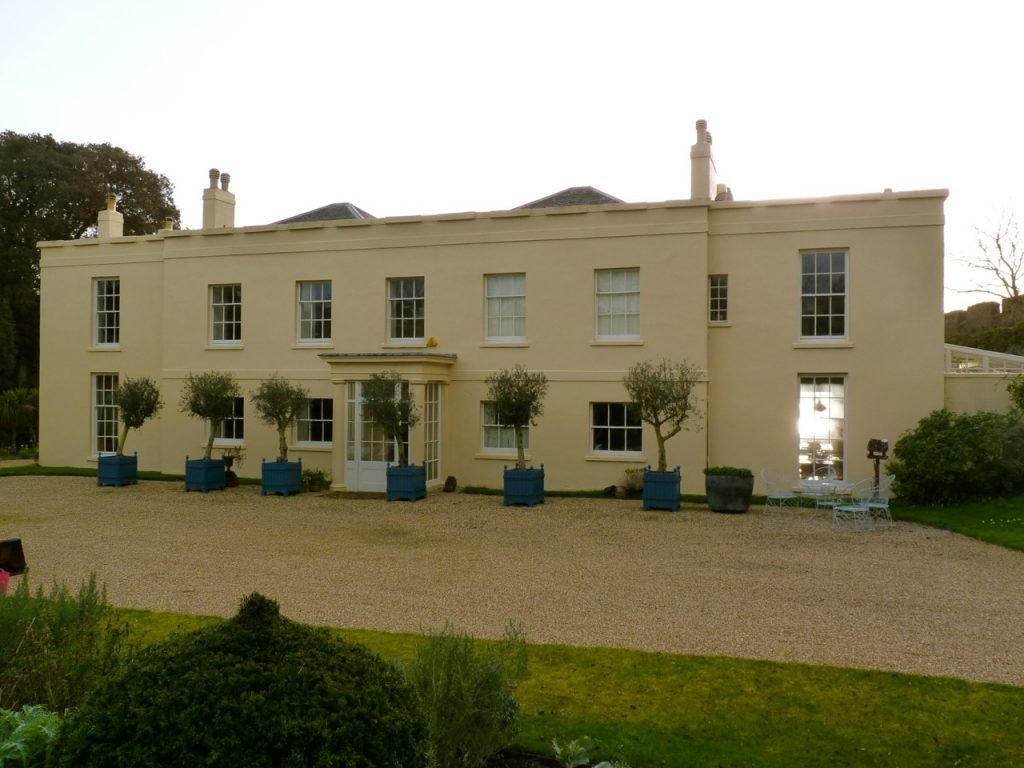
The entrance front, with olive trees donated from a client’s garden and the Victorian planters that they found in a salvage yard two years ago and rebuilt. Light bounces off the water and shines straight through the house from front to back.
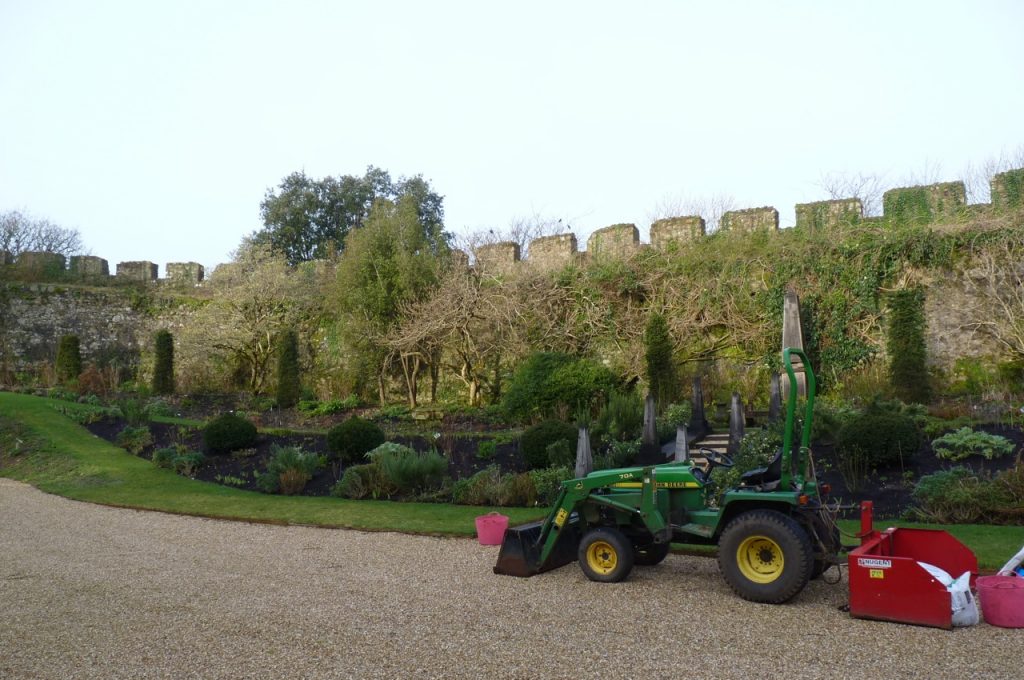
I’ve stayed at Trematon half a dozen times and watched the house transformed with new colour schemes and dozens of their pictures unpacked and hung. This was the front drive at the end of winter in 2014.
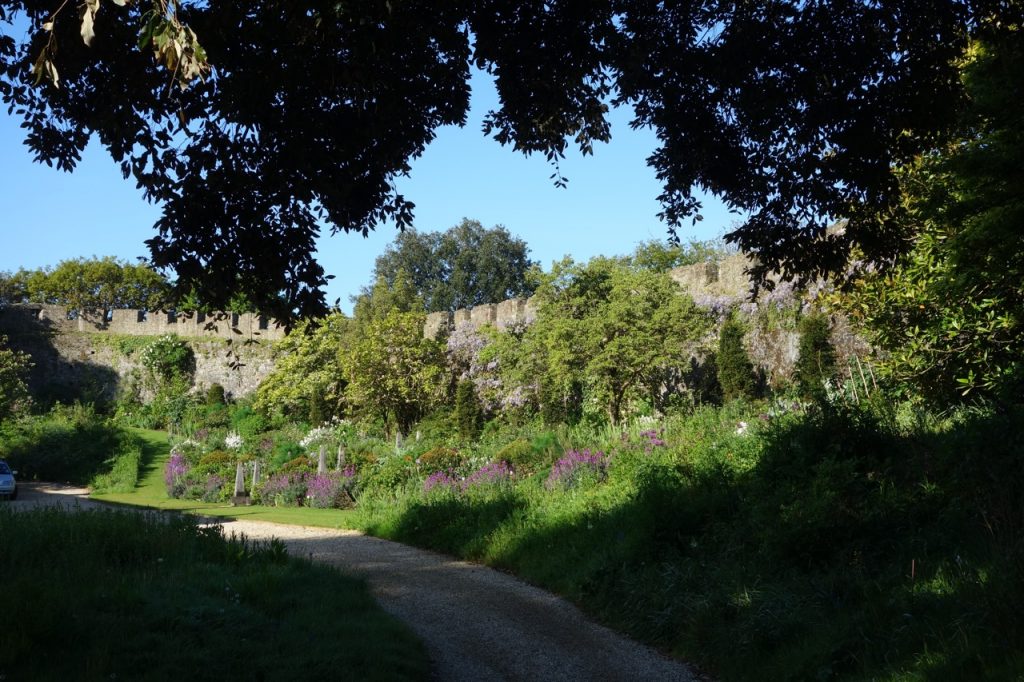
There was no garden as such before they came. But by last summer the nine acres of castle grounds in which the house stands had been utterly re-made.
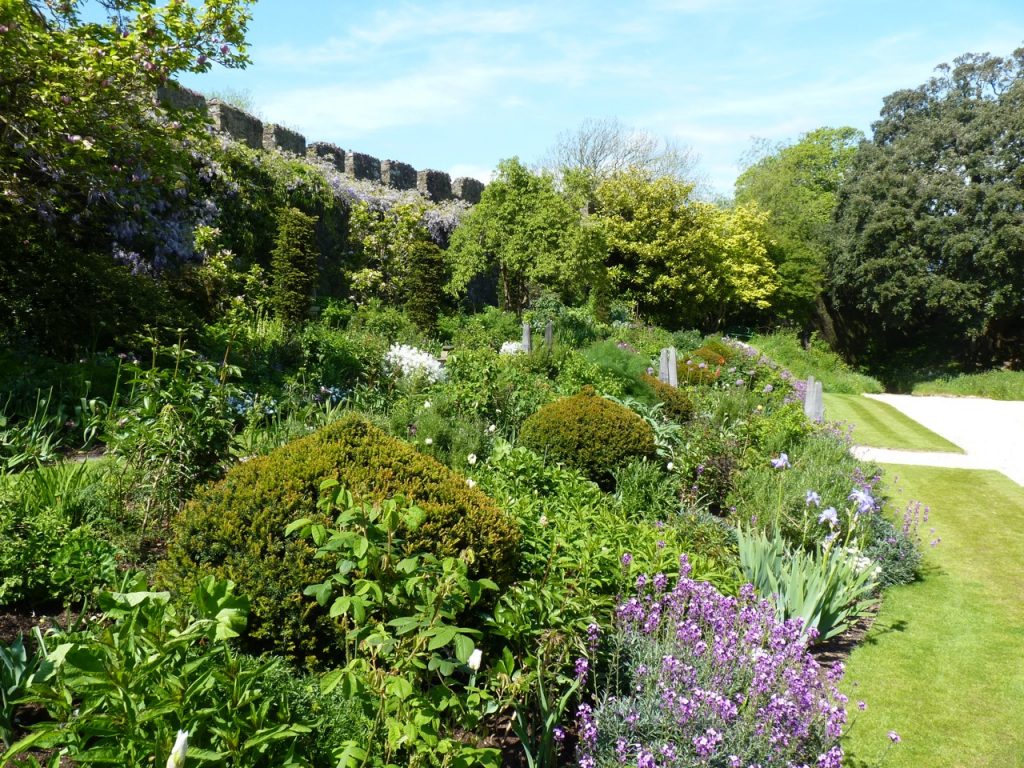
This is the double border planted and designed by Isabel in the curving contour of the bailey wall. It is what the Bannermans are justly famous for as I and J Bannerman, Garden Designers and Builders, gardeners by appointment to the Prince of Wales. They have been working together since 1983.
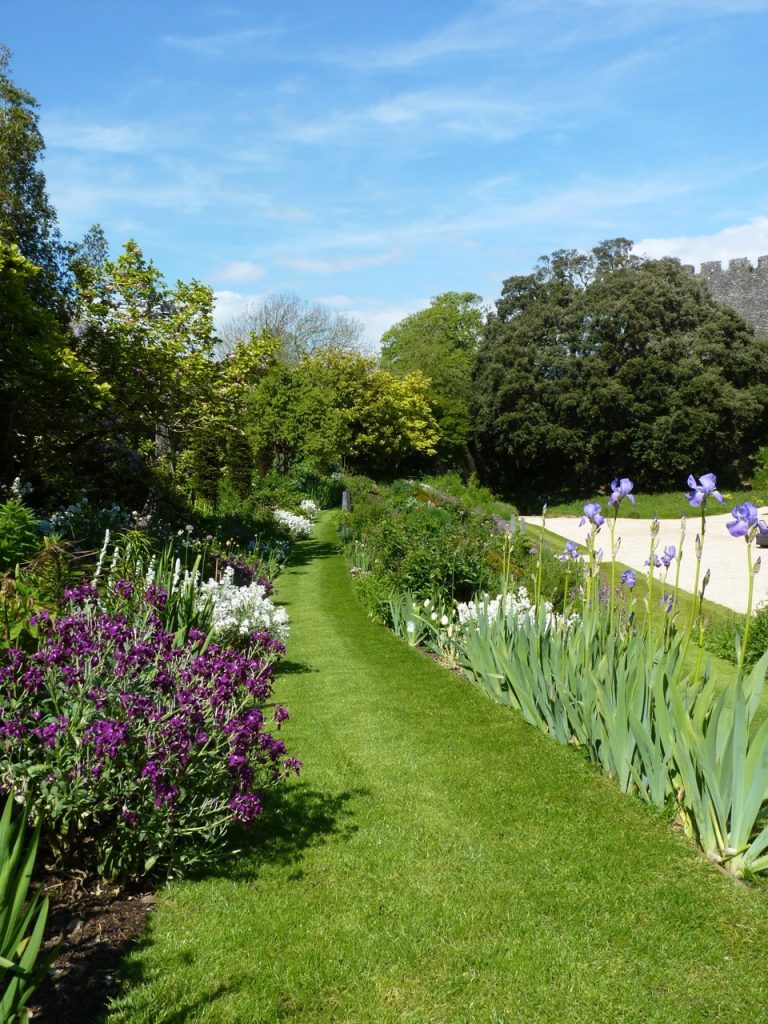
This is the border in 2014. This year it will be even bigger, bursting and overflowing from its beds.
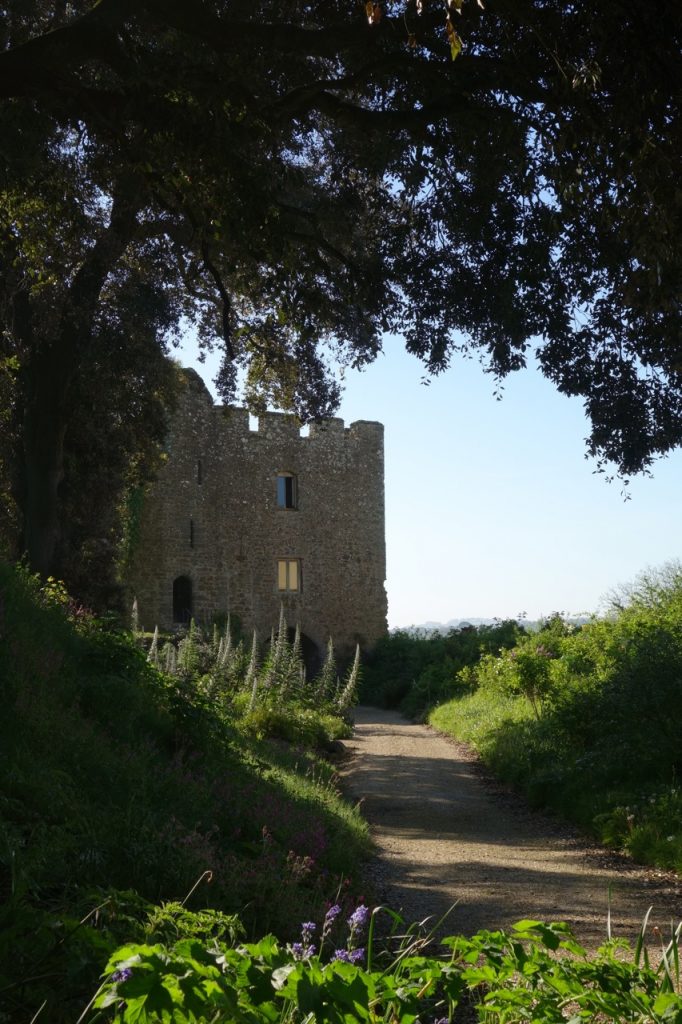
Trematon Castle was built to command the mouth of the River Tamar over the water from the naval base of Plymouth. This is its gatehouse with a handsome upper chamber in which the Black Prince spent a night in the fourteenth century.The castle belongs to the Duchy of Cornwall, it fell into the hands of the Duke of Cornwall soon after the Norman Conquest. When Sir Francis Drake sailed back to Plymouth after his circumnavigation of the globe in 1580, he waited at anchor, then came ashore to store the treasure he had gathered up for his monarch Queen Elizabeth – gold, silver and emeralds pirated from Spanish ships around the coasts of South America – in safety at Trematon.
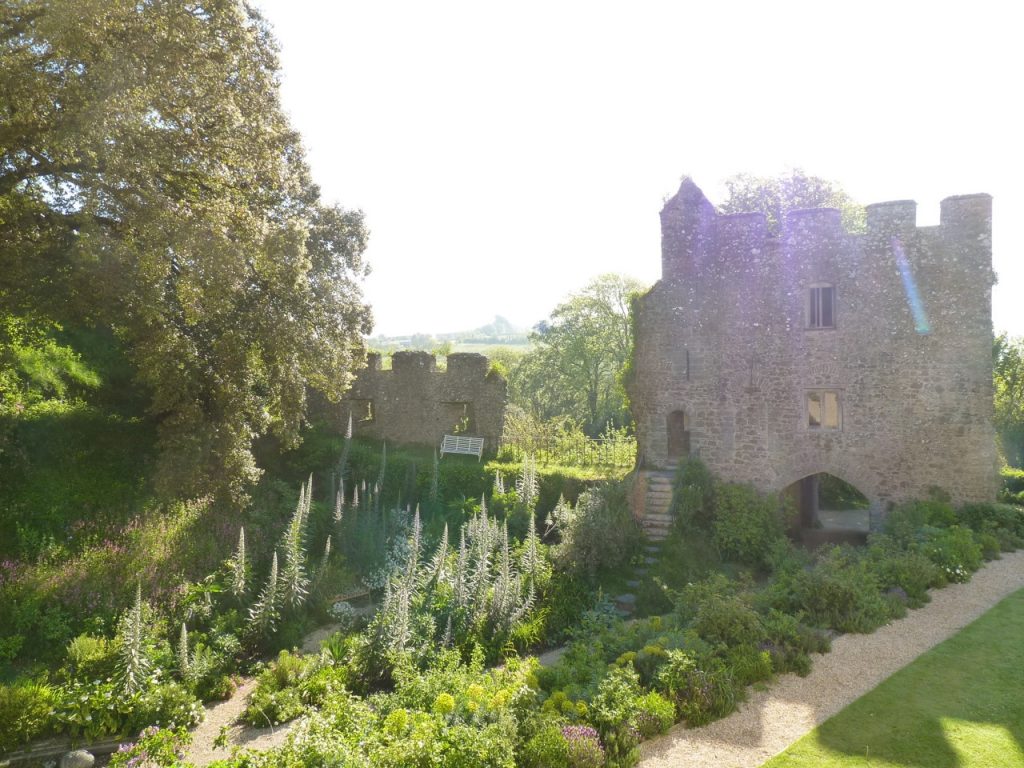
The nineteenth century builder of the new house here hit upon the plan of bashing out sections of the curtain wall at strategic viewpoints, bringing in great gusts of bright effulgent light.
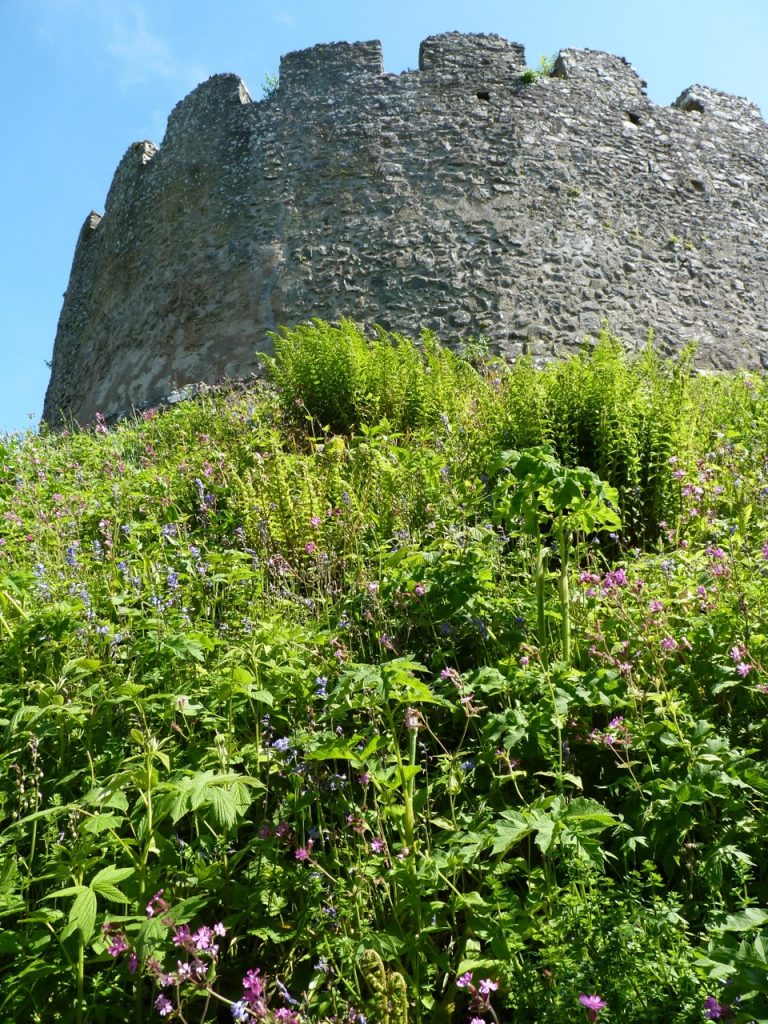
The ancient Motte stands on a steep tump like an upturned pudding basin. Julian sprayed the winter heliotrope that was rampant here choking out all other growth, and now the long dormant seeds of thyme, Valerian, native orchids and wild fennel have burst back into life.
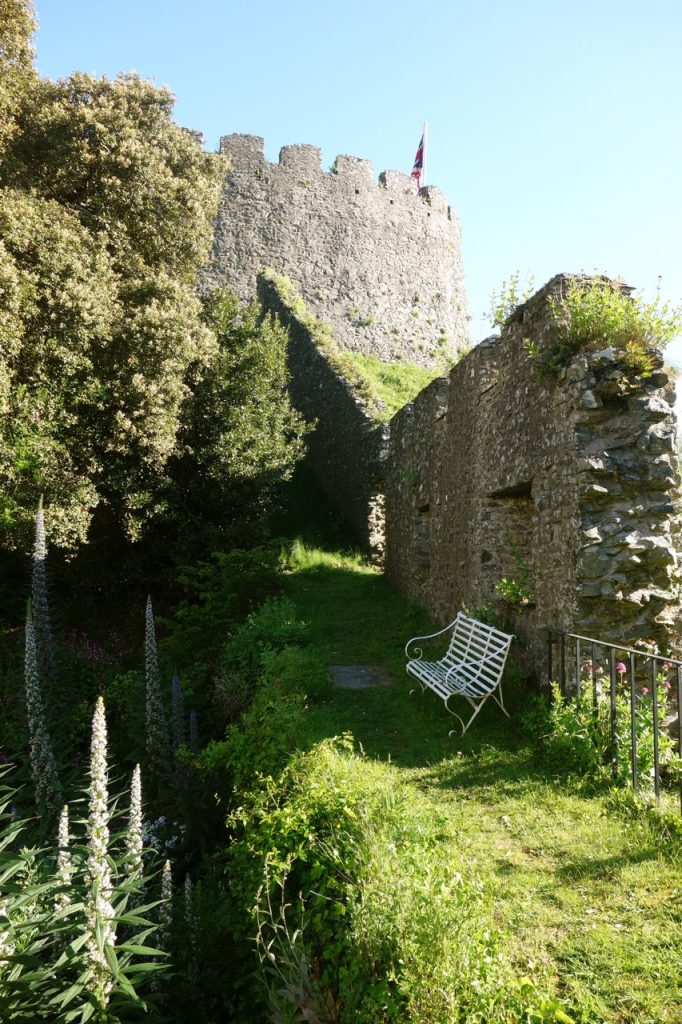
There is a narrow grassy walk along the rampart under the wall that makes a path between Motte and Gatehouse.
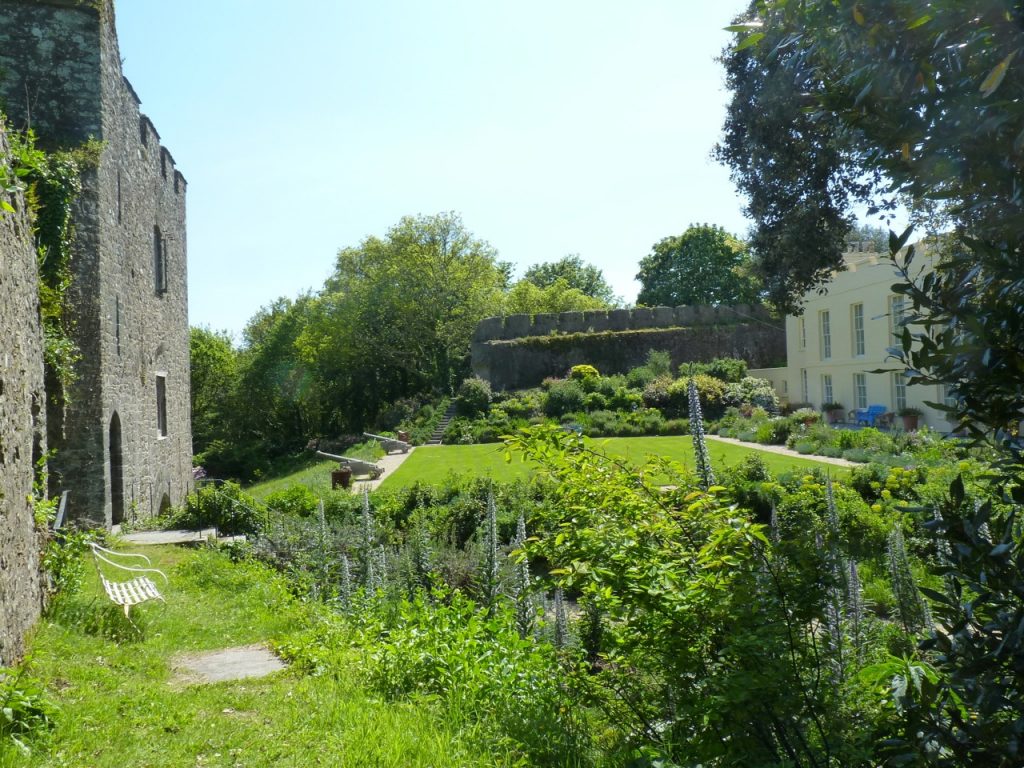
Here is the garden front, with little wooden dummy cannons made by the Bannermans, trained on Plymouth.
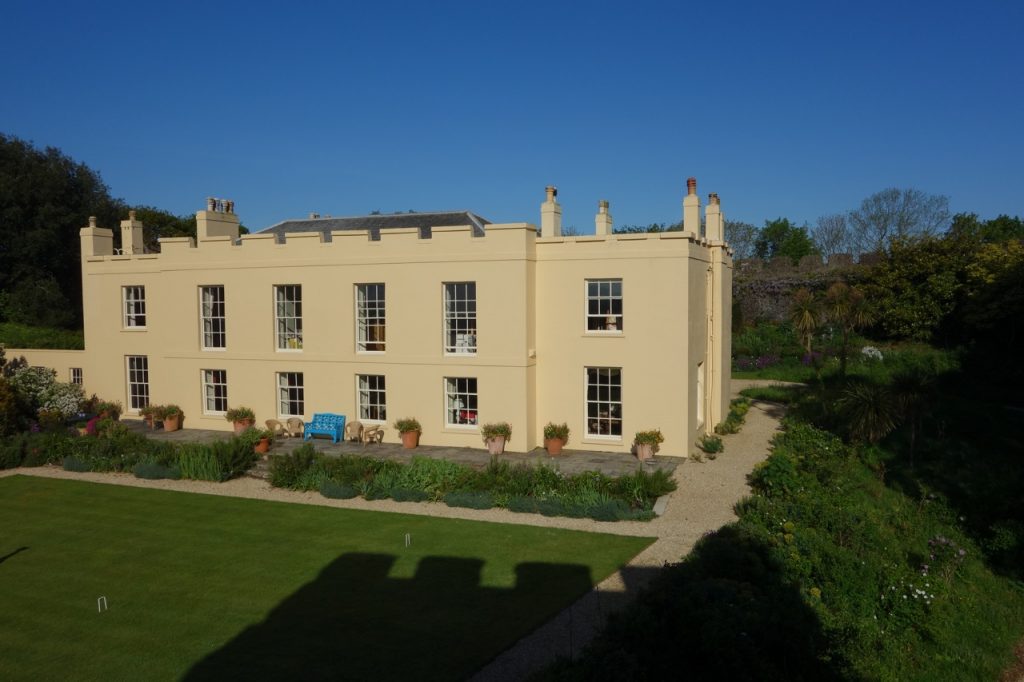
The house with its castellated garden front stands on the elevated plateau where the original castle dwelling hall and chapel was once.
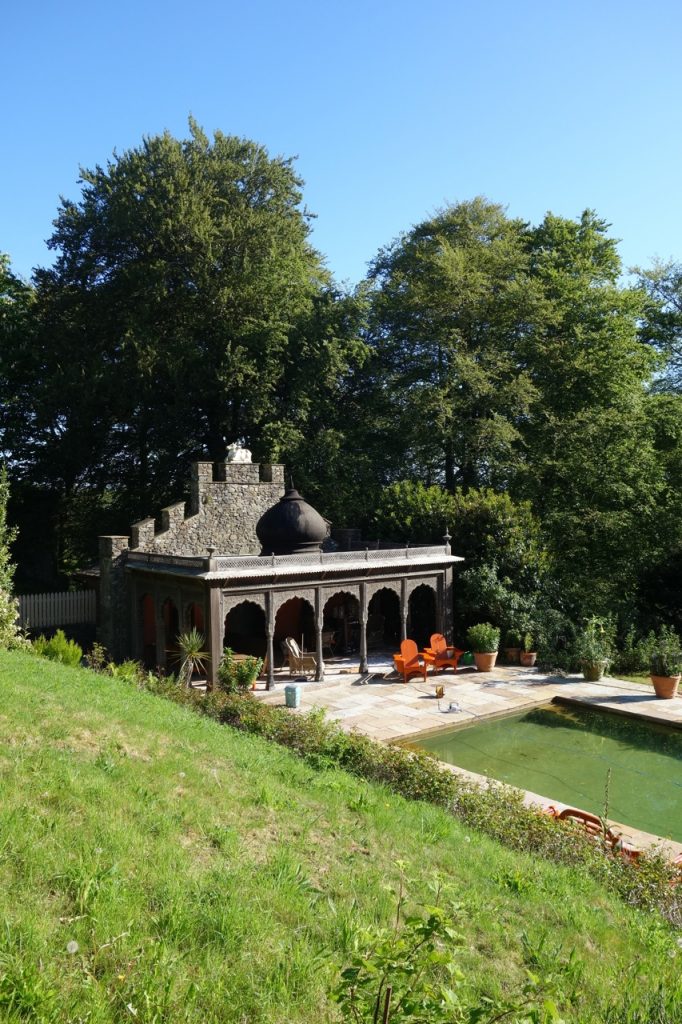
The ‘Hindoo’ swimming pool installed by previous tenants, where a few newts were swimming around the steps.
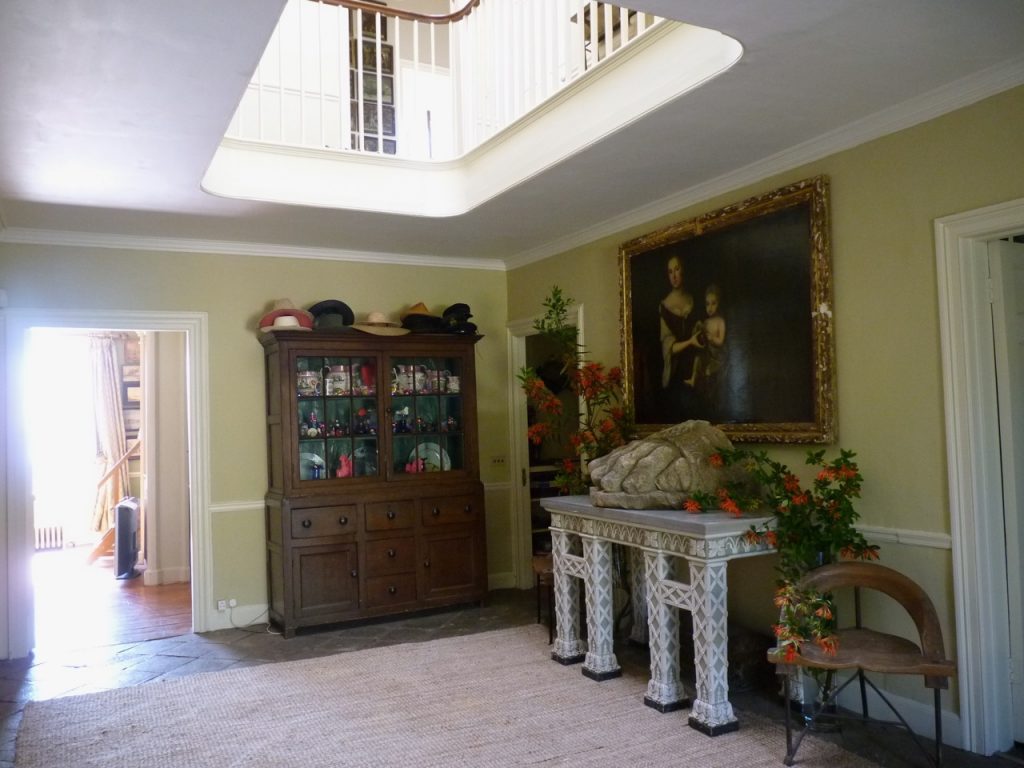
And at last, the house. The Staircase and Entrance Hall, decorated for the World of Interiors shoot last year (for which the photographer was the excellent Christopher Simon Sykes, who is also David Hockey’s biographer ) and (just) published in March 2015.
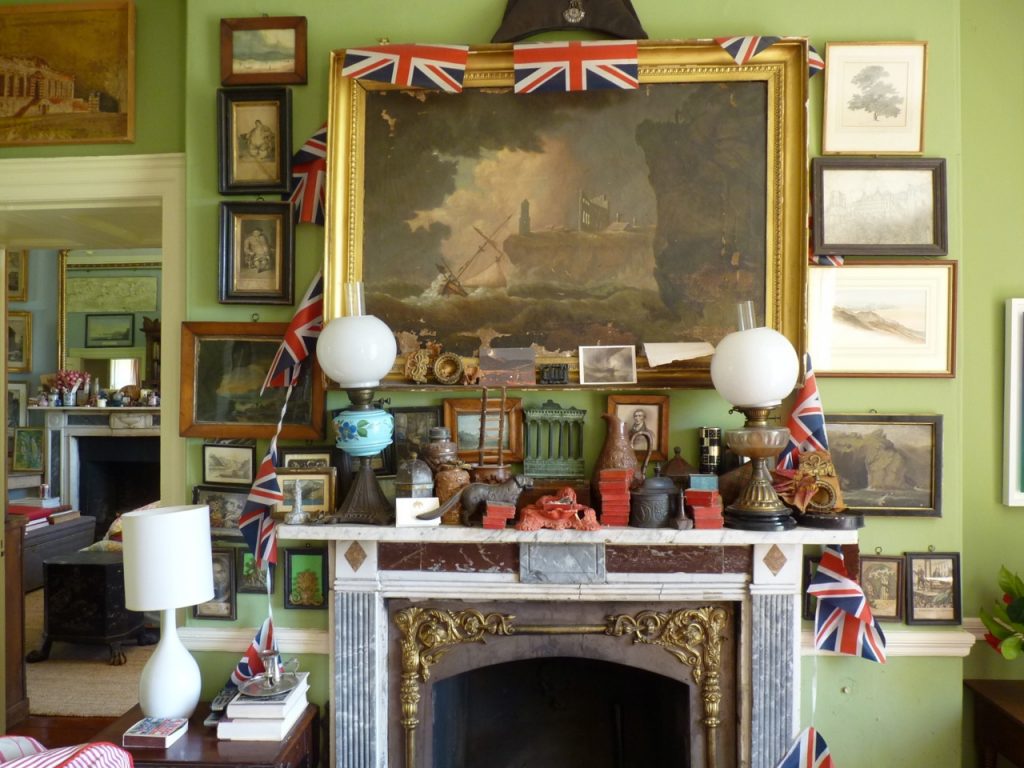
And I am proud that Isabel has added the two little Cornish Serpentine lighthouses from the Lizard peninsula that I gave her to the mantlepiece.
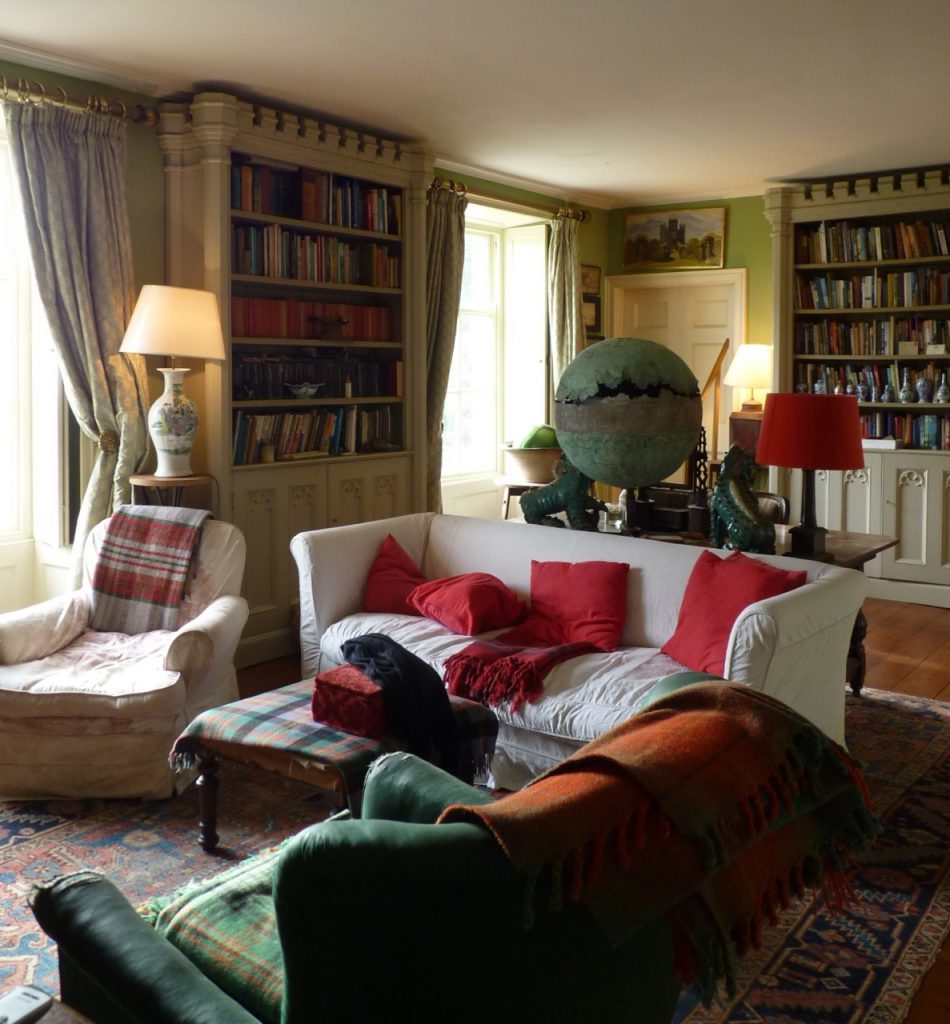
But I like the room in deshabille too, here we watched the Downton Abbey Xmas special in 2012 by the roaring fire, the one when Matthew Crawley dies horribly in a car smash.
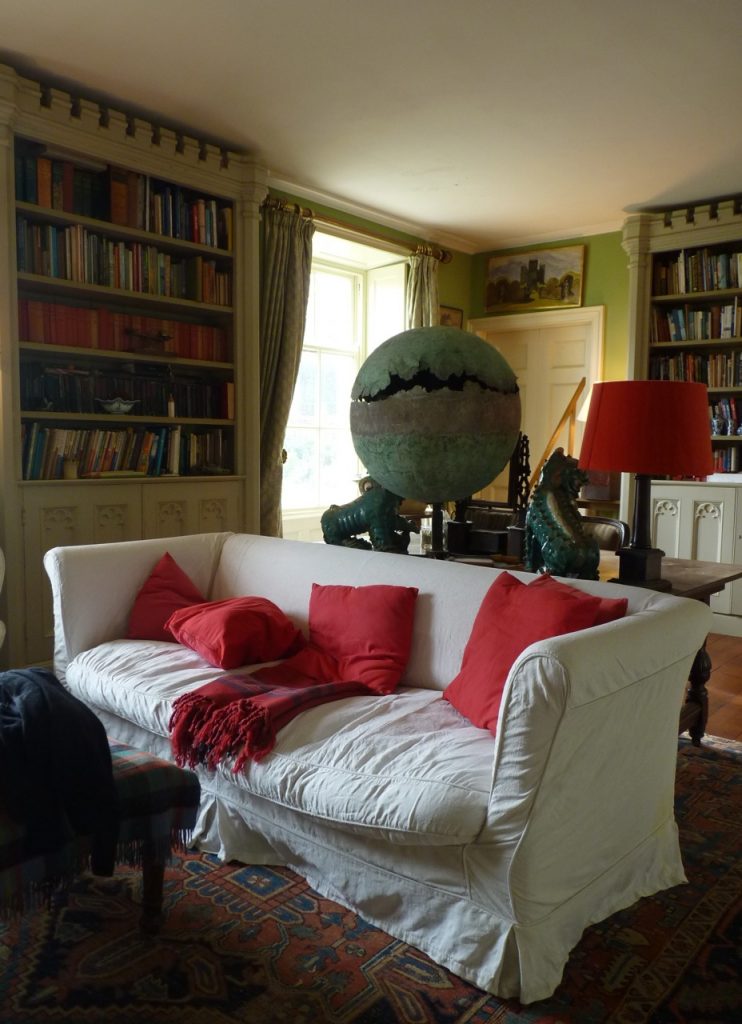
The huge copper sphere is an ancient finial from Christopher Wren’s Tom Tower in Oxford, taken down during restoration in the 1960s.
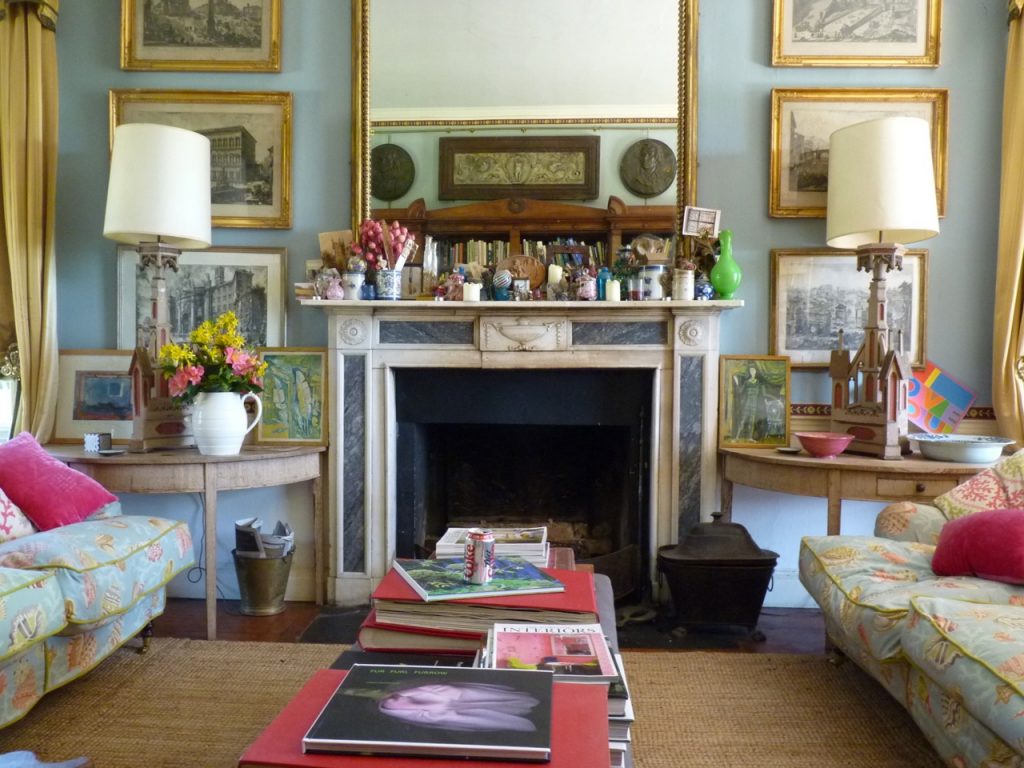
Isabel’s mantlepiece arrangement are matchless, the dynamic opposites of the ‘tablescapes’ contrived by that careful decorator, David Hicks. The shell design sofa cover fabric is by that talented designer Linda Bruce, who lives and works in David Hockney’s old west London studio.
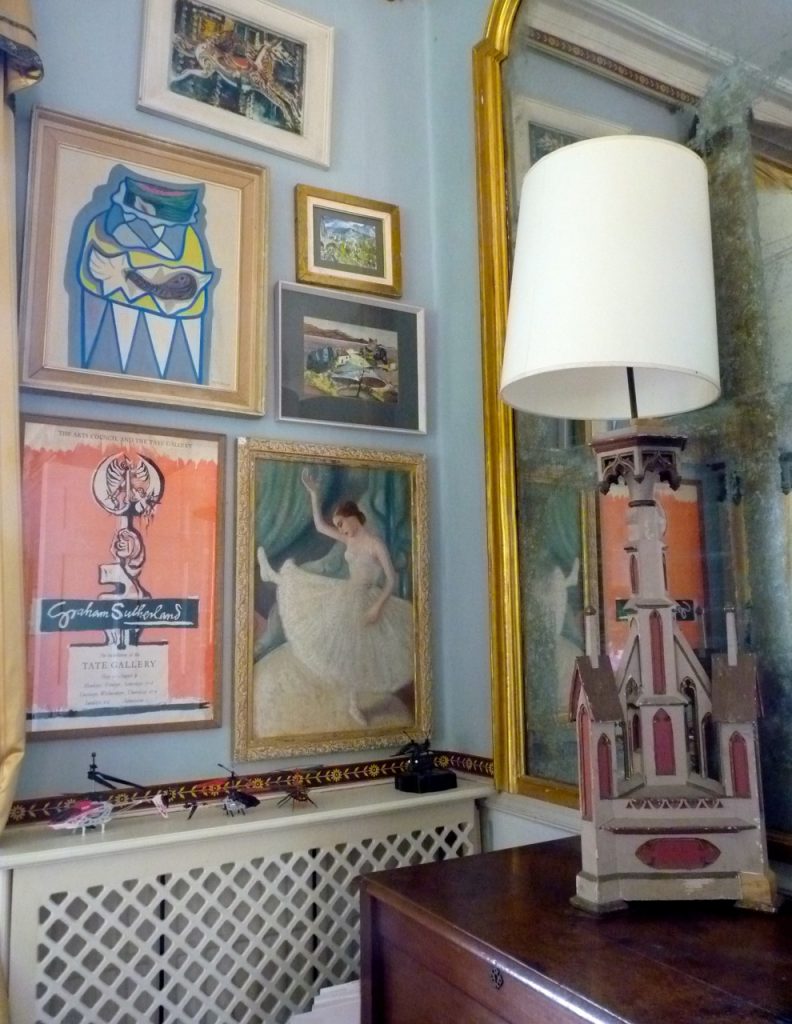
This picture hang which I like hugely includes a poster for Graham Sutherland and a Paul Nash-like gouache by David Vickery.
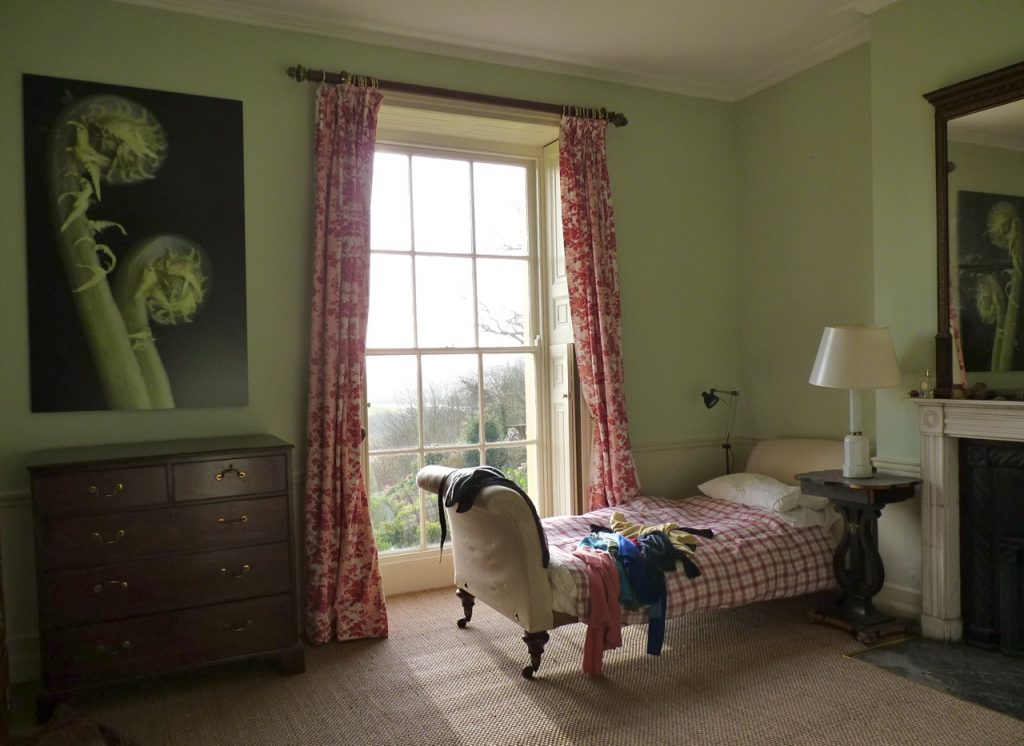
Spare room. Isabel’s botanical photographs.
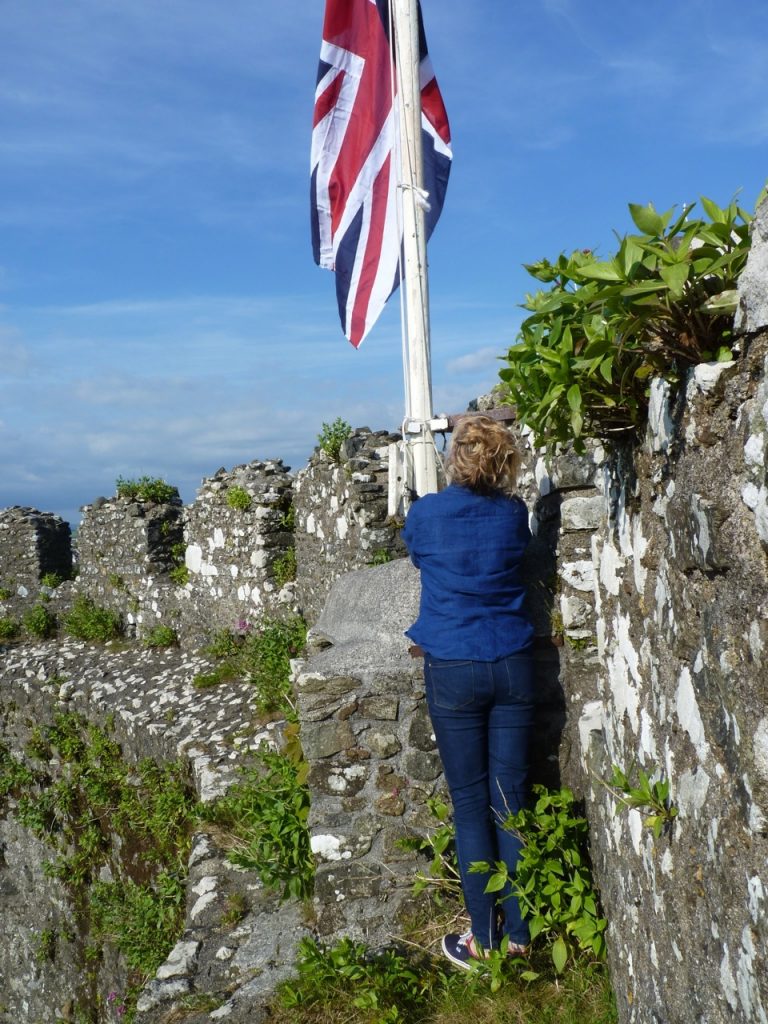
and via a vertiginous iron ladder, to the precarious ledge fifty feet up, where Isabel hauled up a new Union Jack in place of the old one, shattered by winter storms.
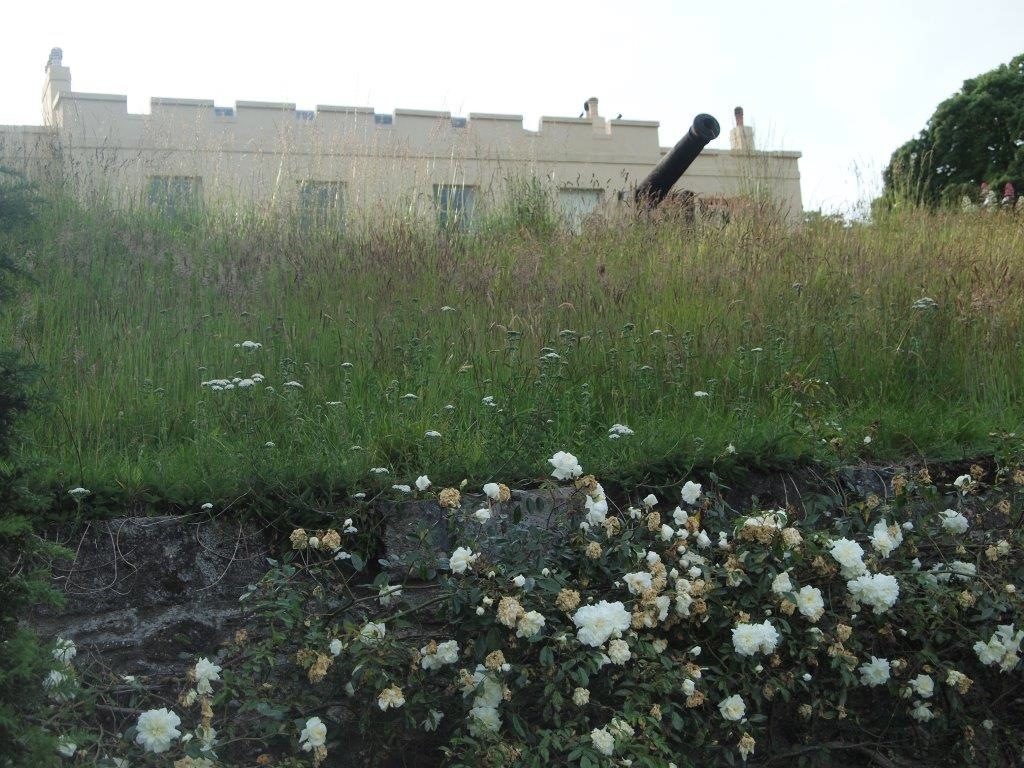
Cannons still trained on Plymouth. This photograph c.Isabel Bannerman. The gardens at Trematon are open to the public, more information here. Isabel’s botanical photographs are with jonathancooper.co.uk . Probably one of the most beautiful places in Britain. Thanks to the Bannermans.
All images except this one, copyright bibleofbritishtaste. Excerpts and links may be used, provided that full and clear credit is given to bibleofbritishtaste, with appropriate and specific direction to the original content.

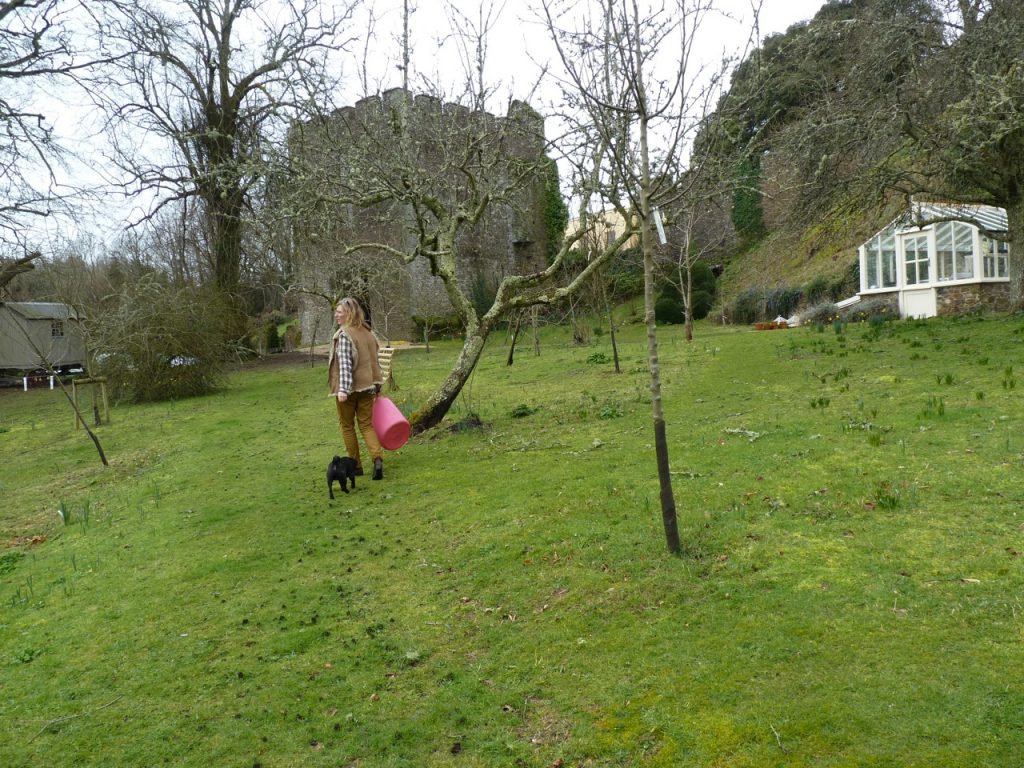
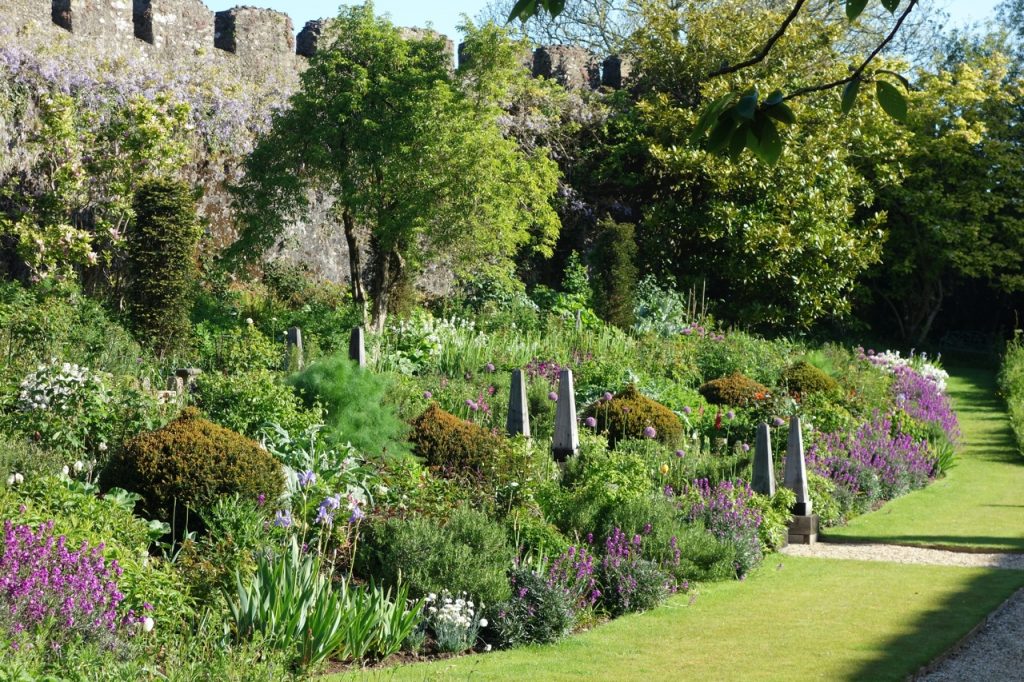
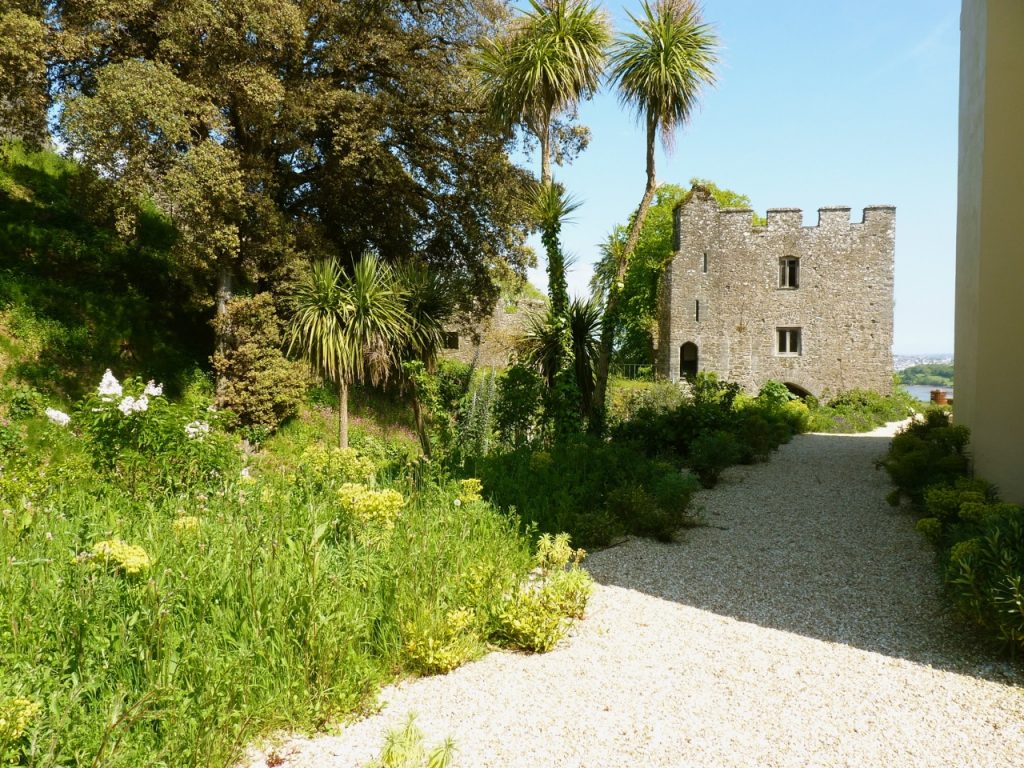
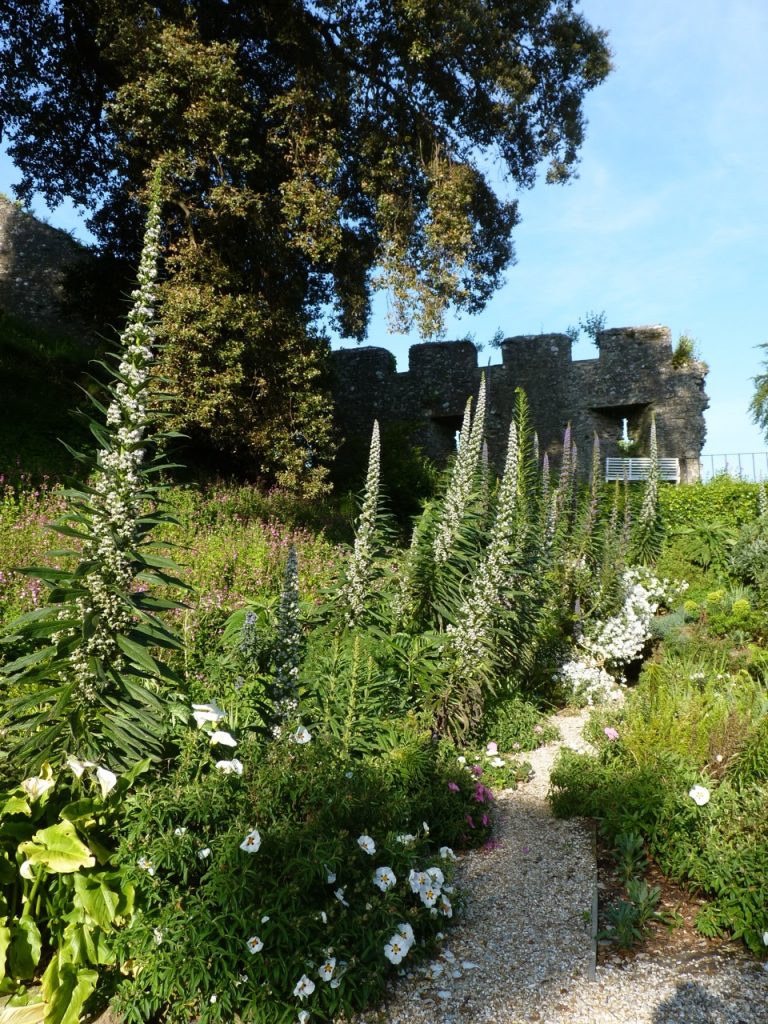

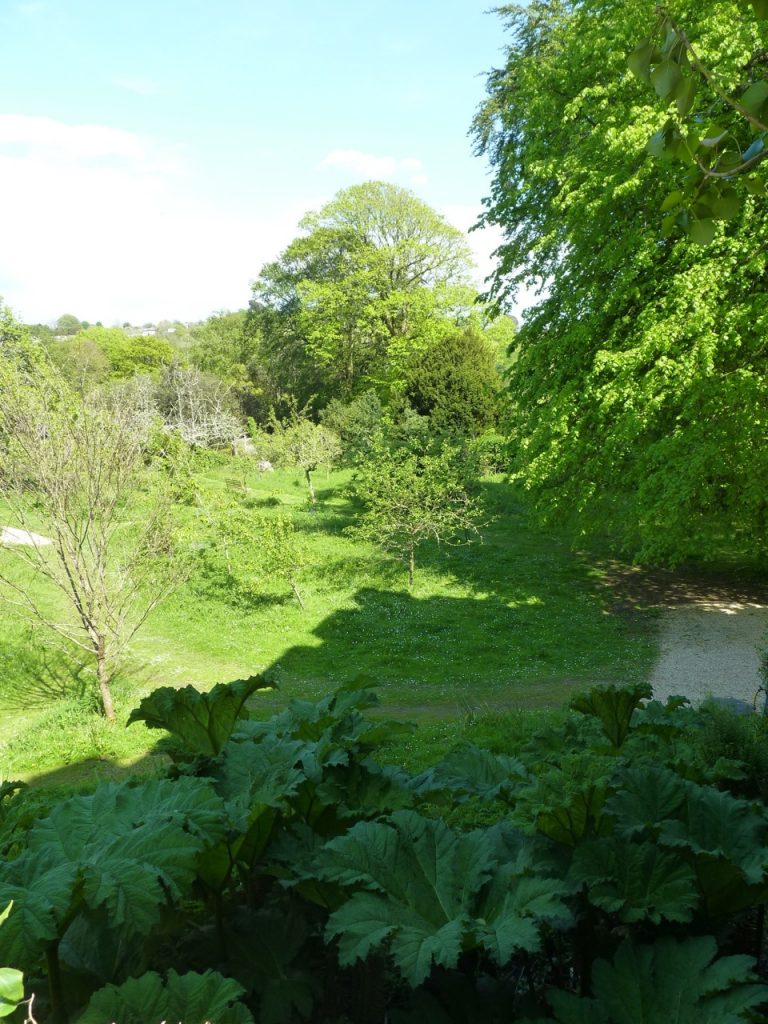
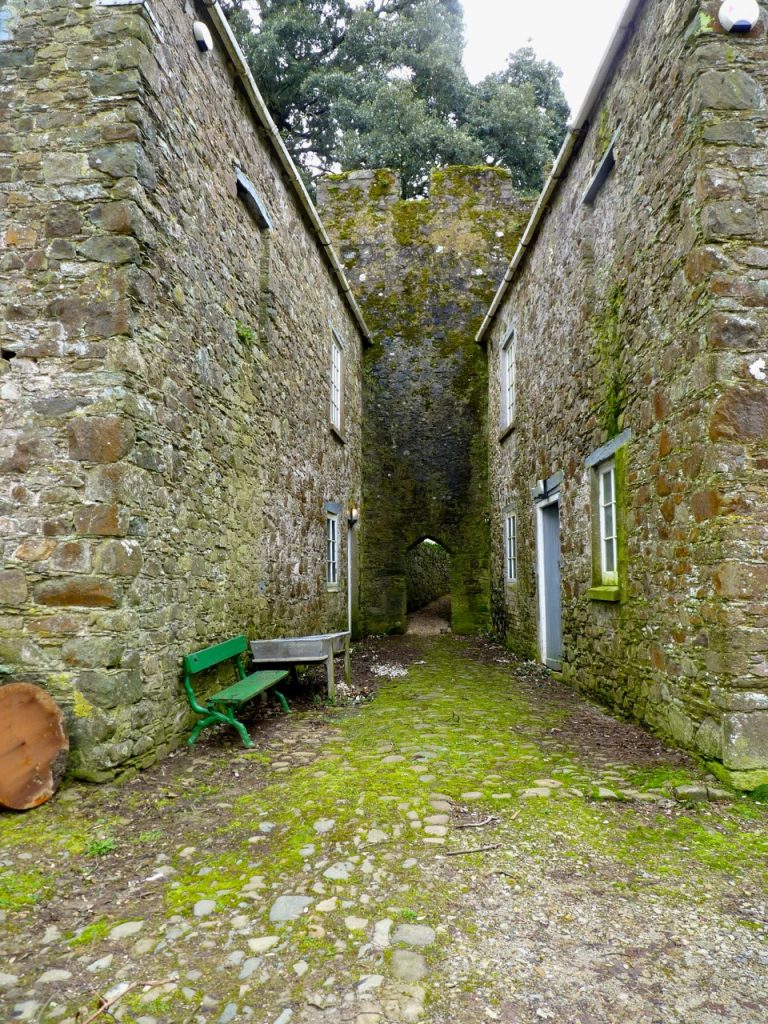
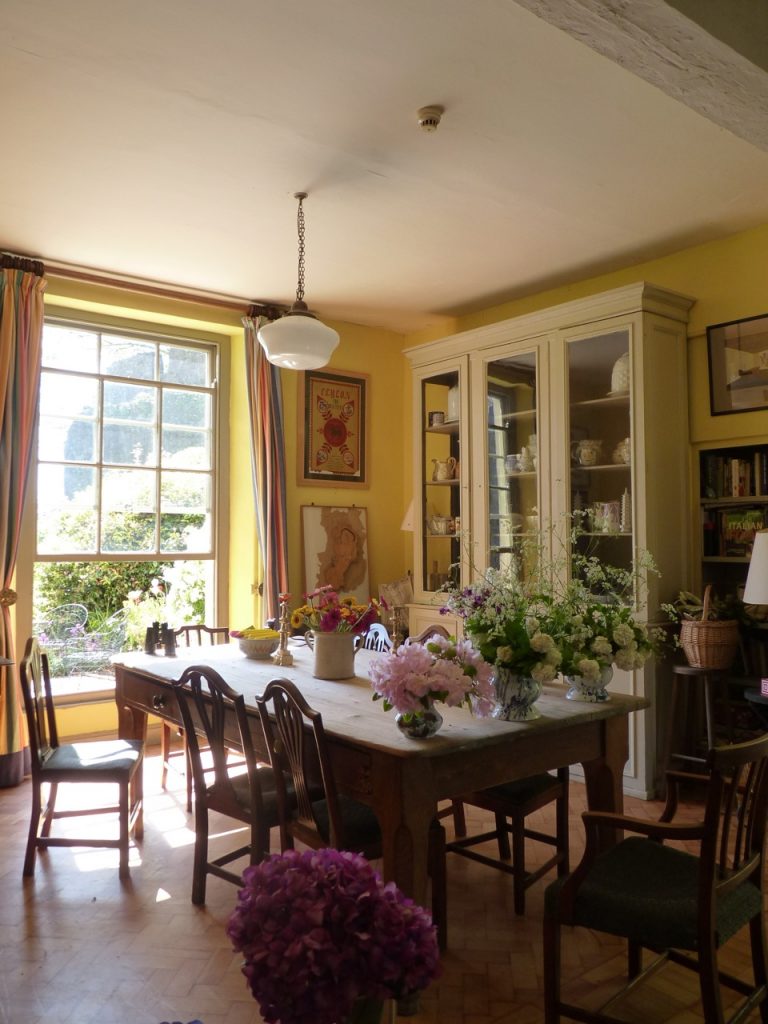
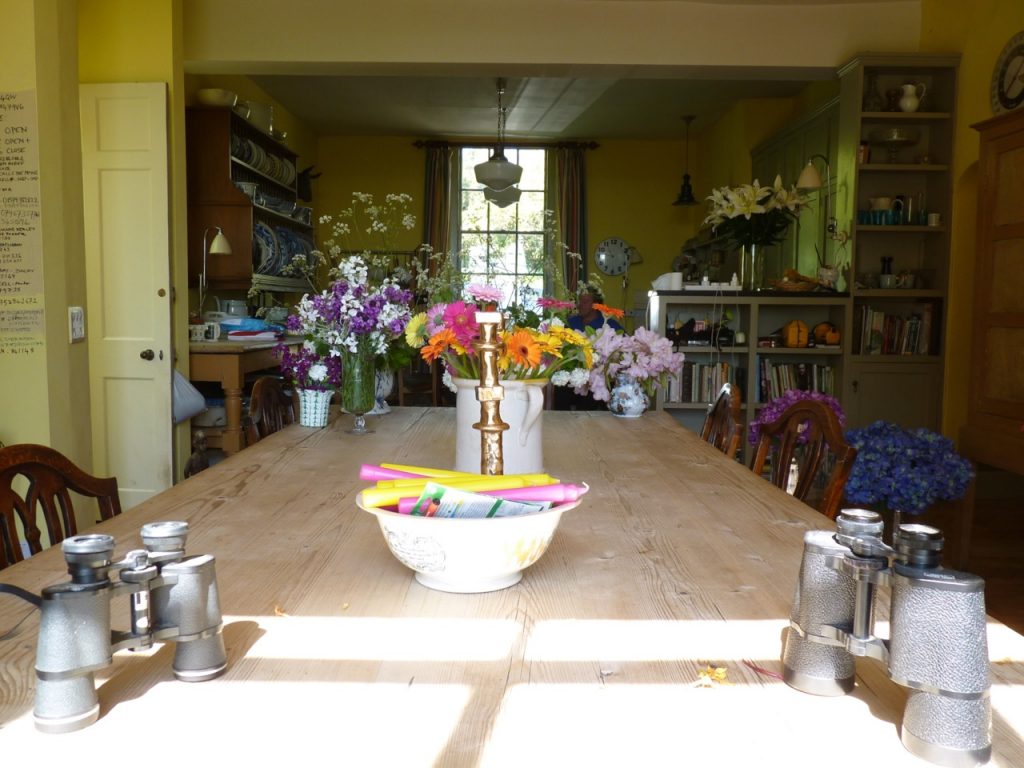
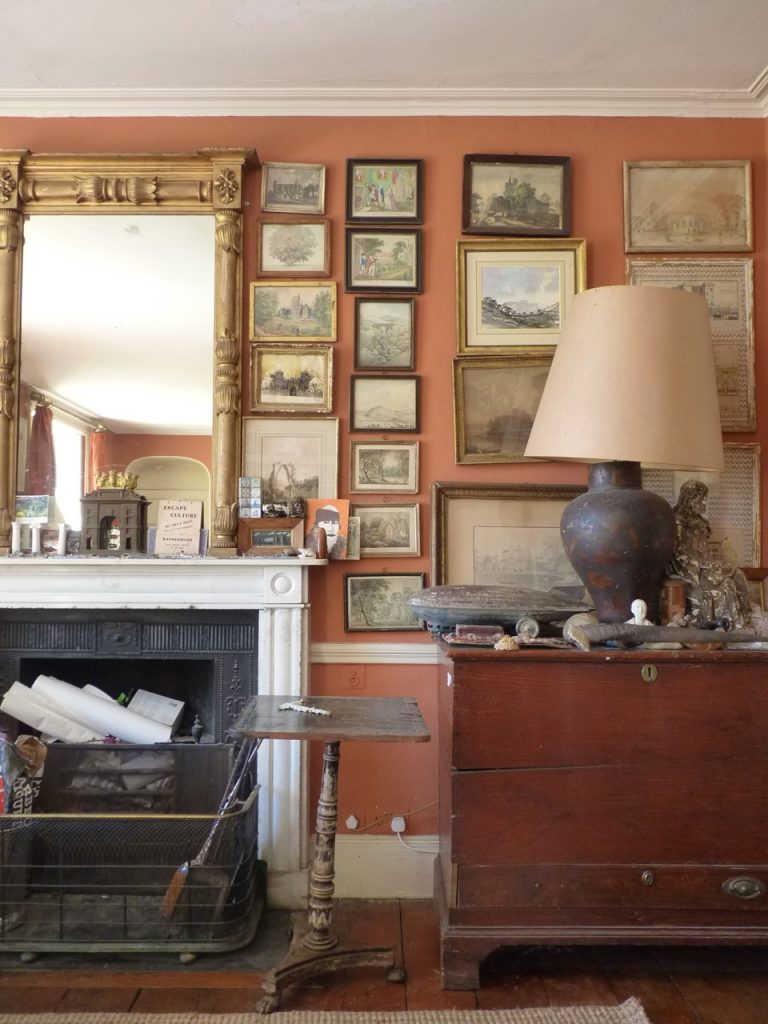
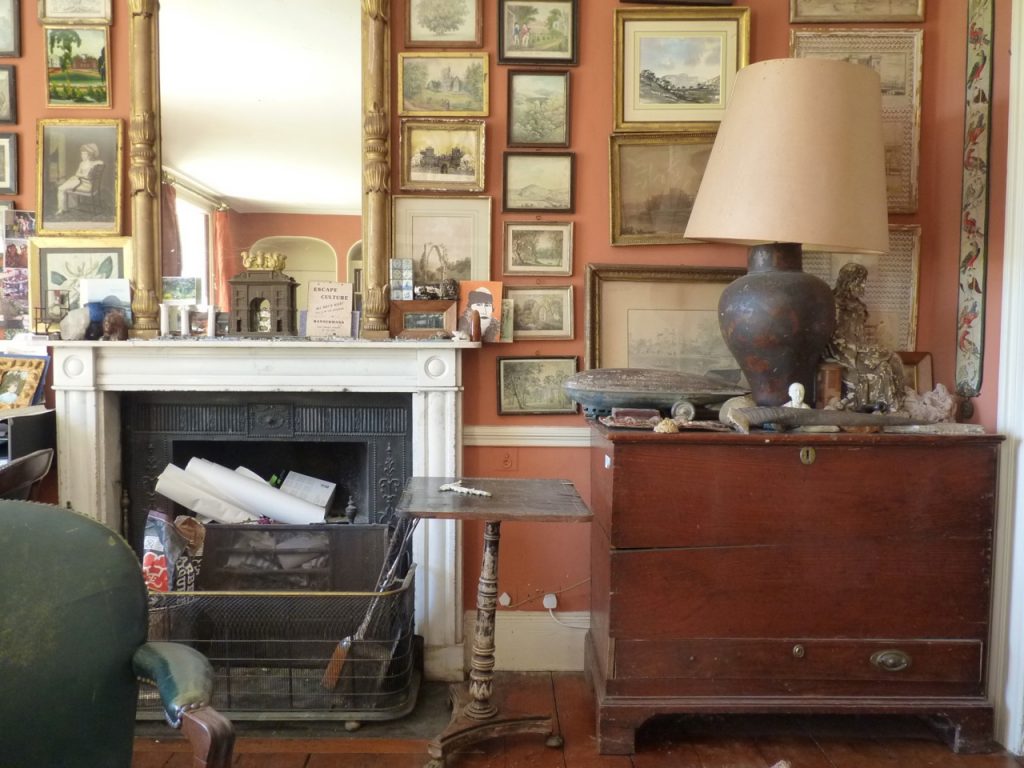
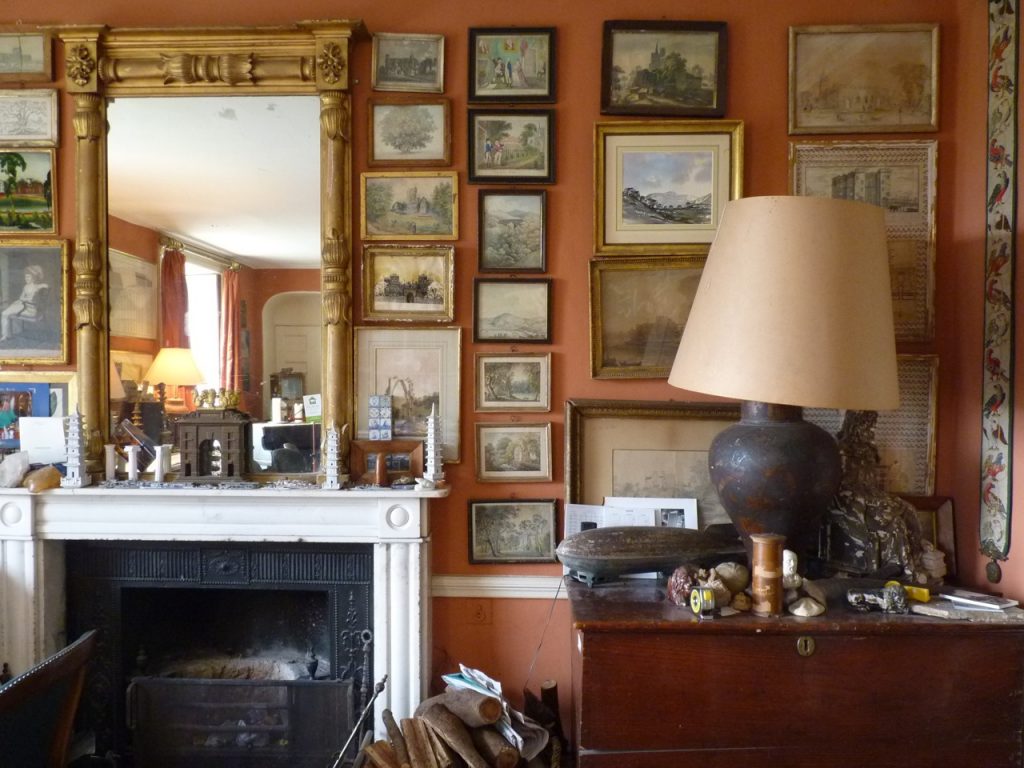
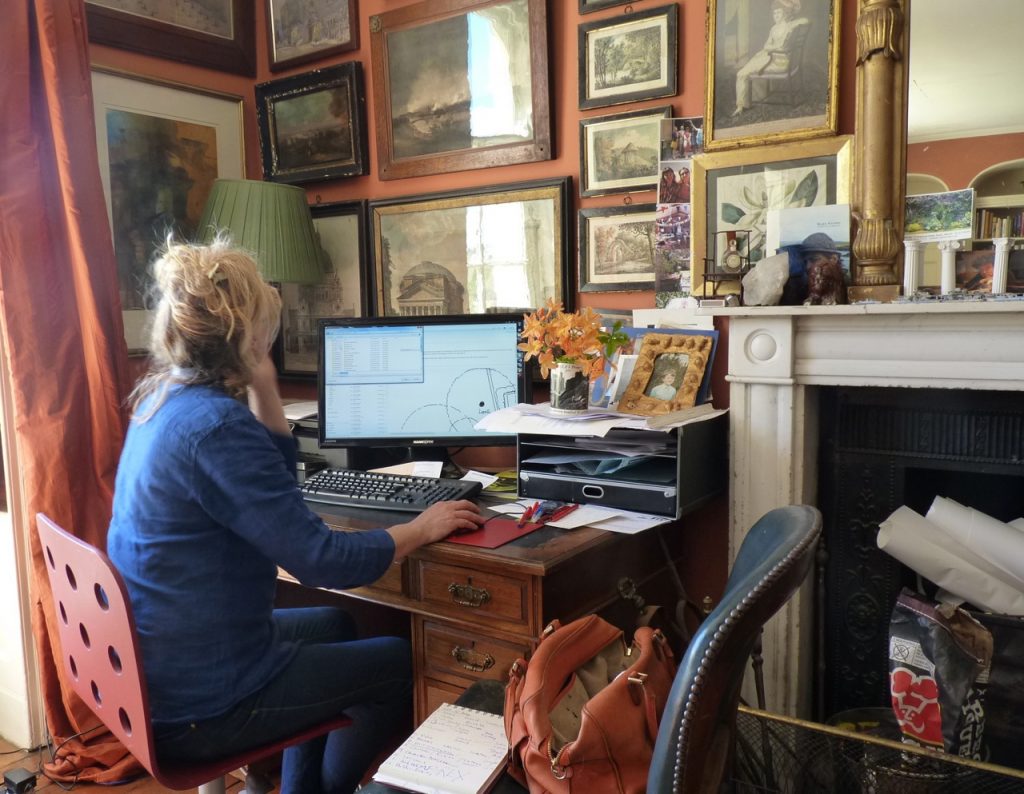
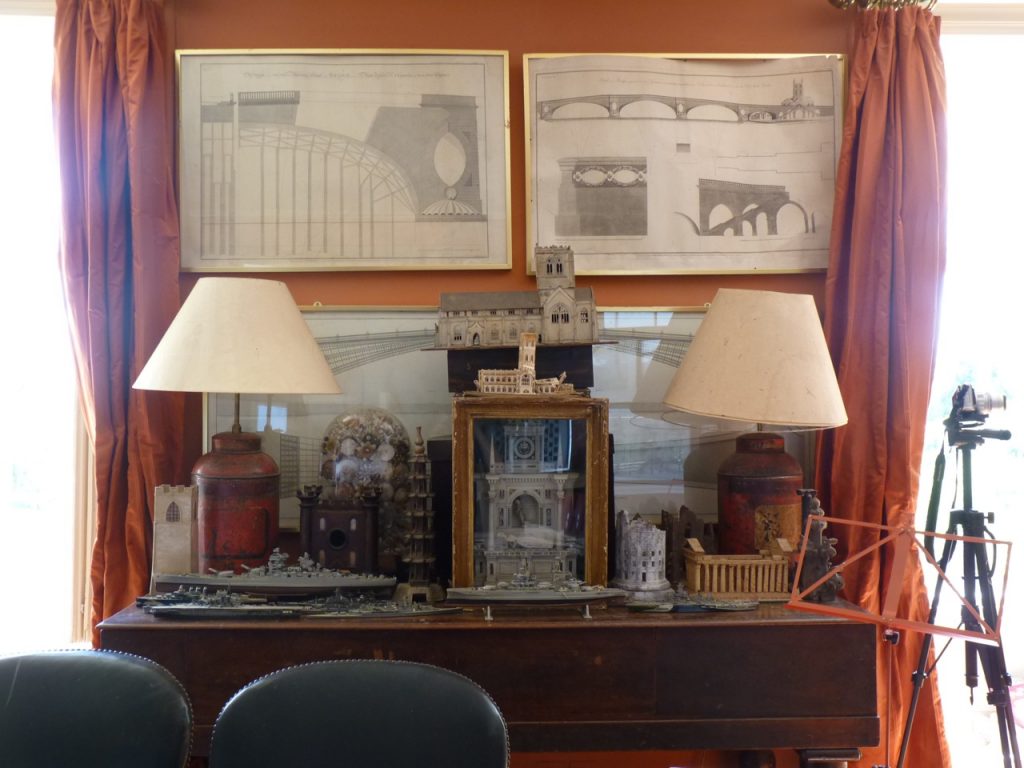
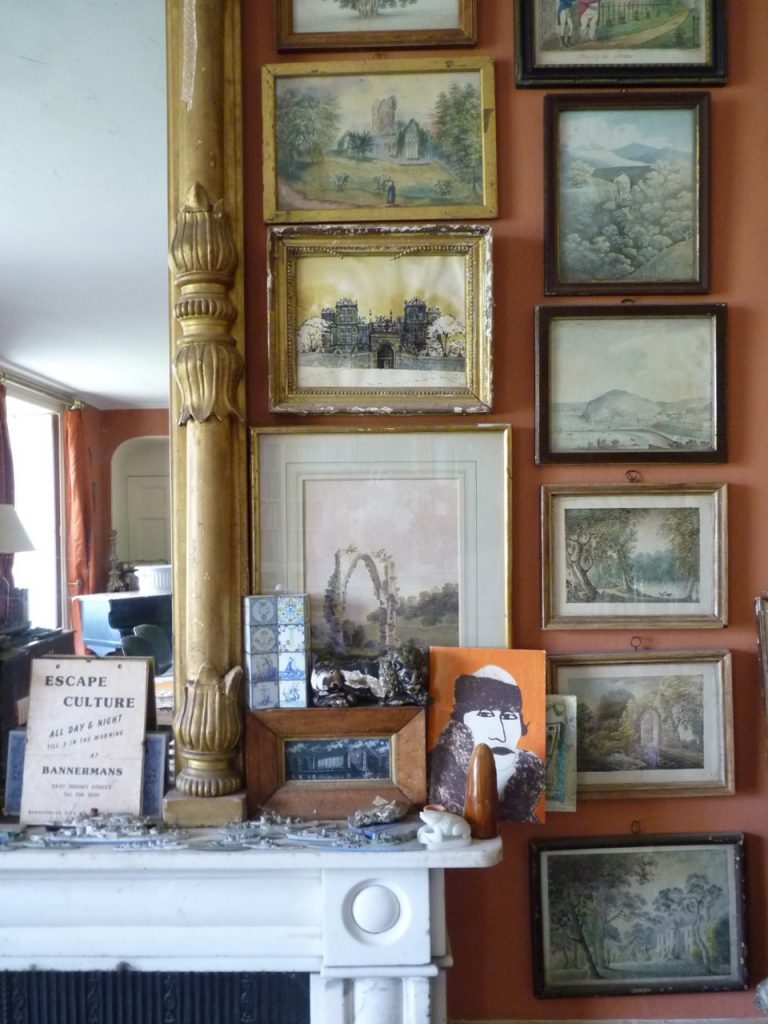
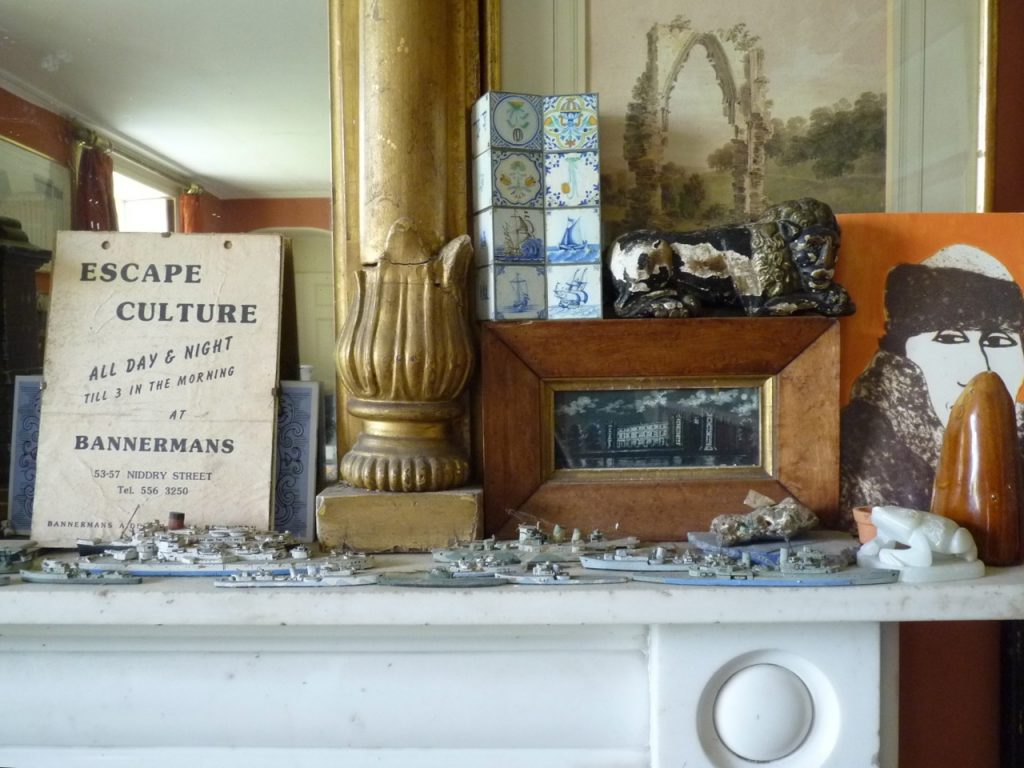
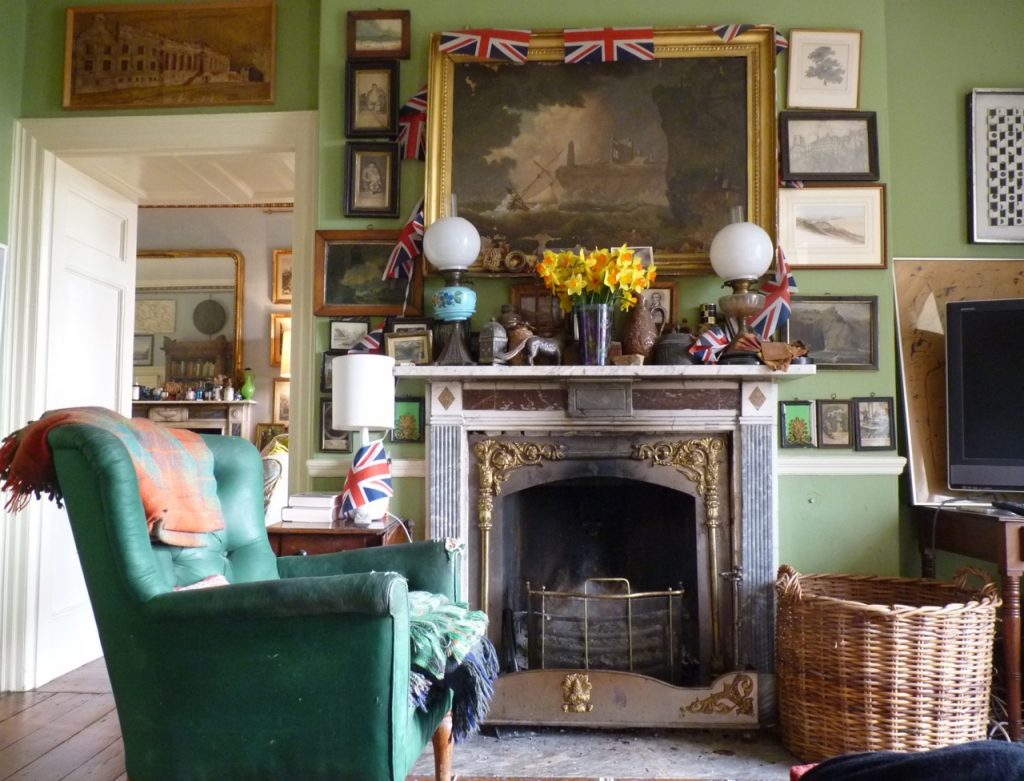
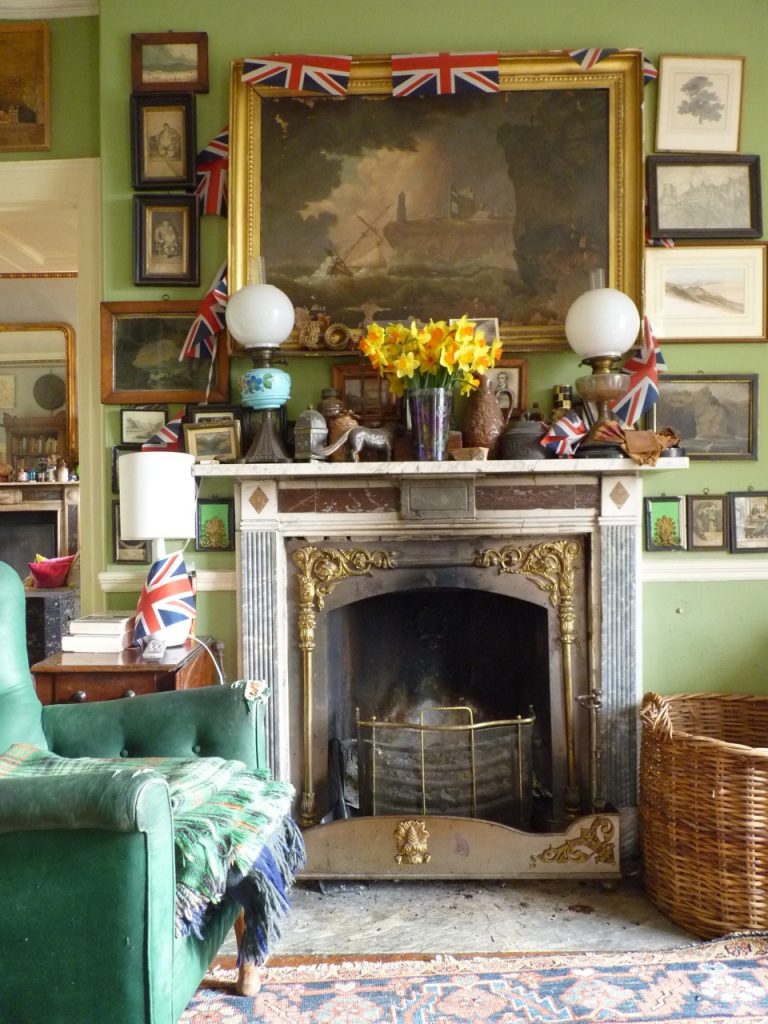
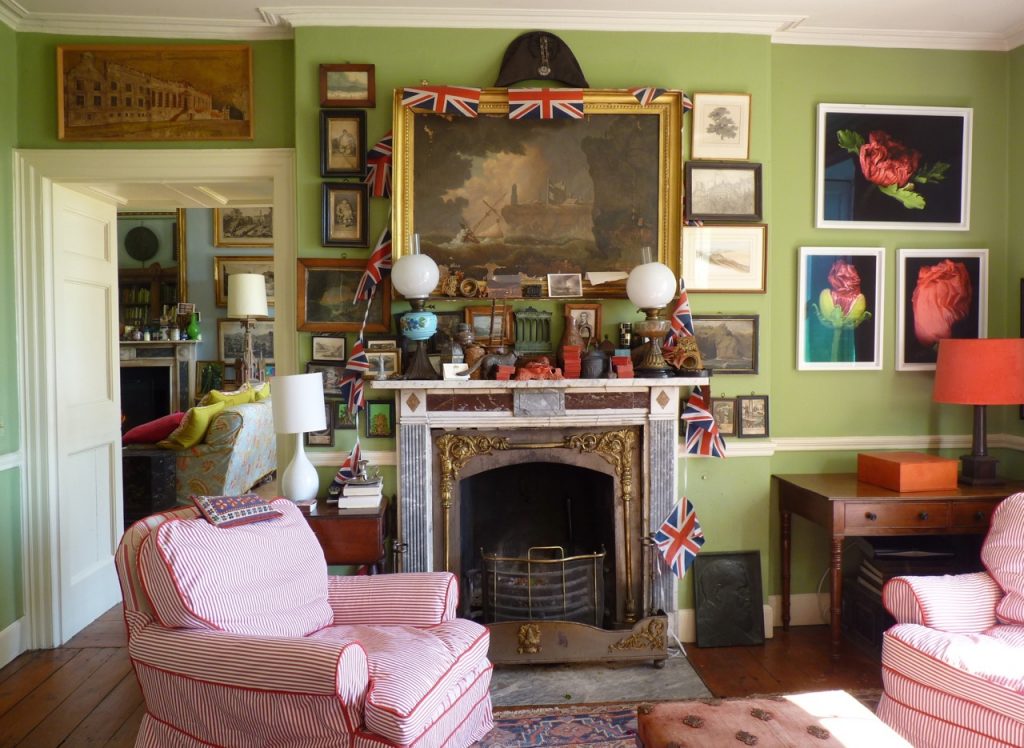
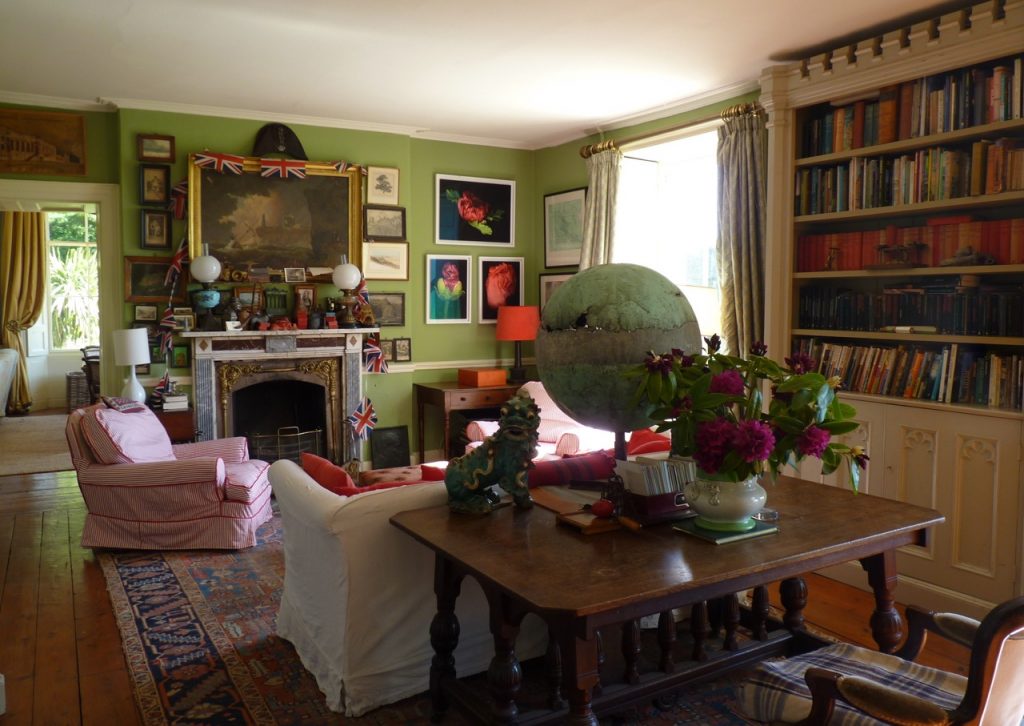
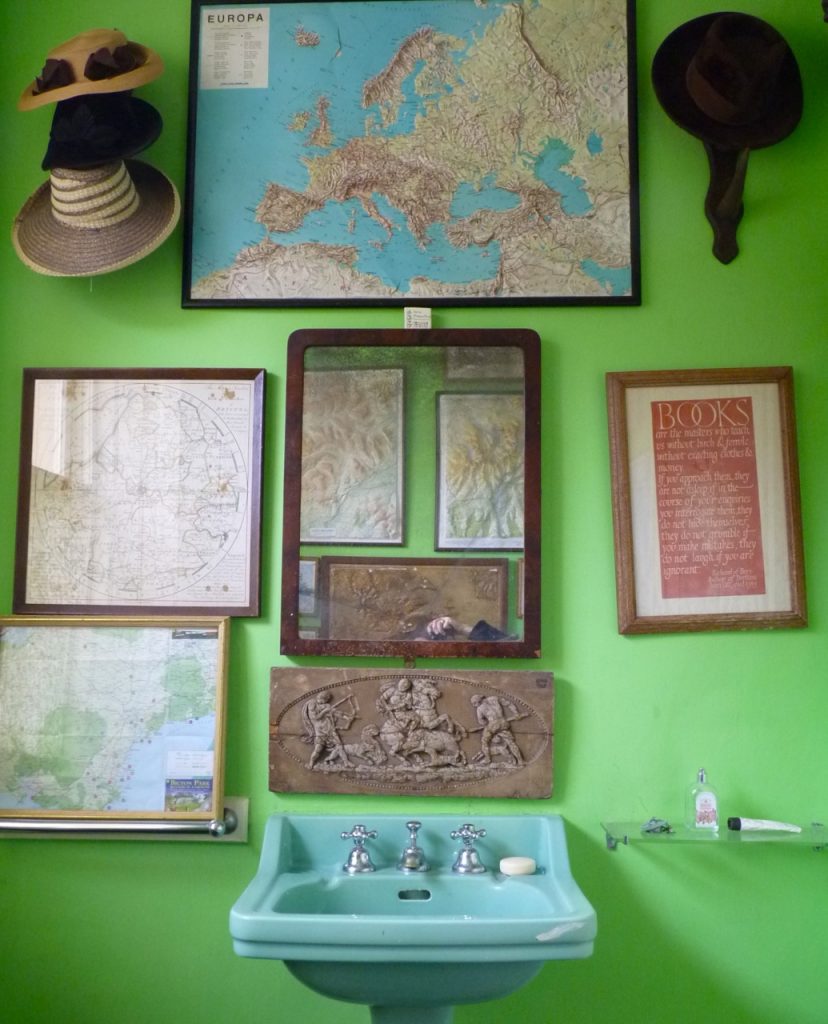
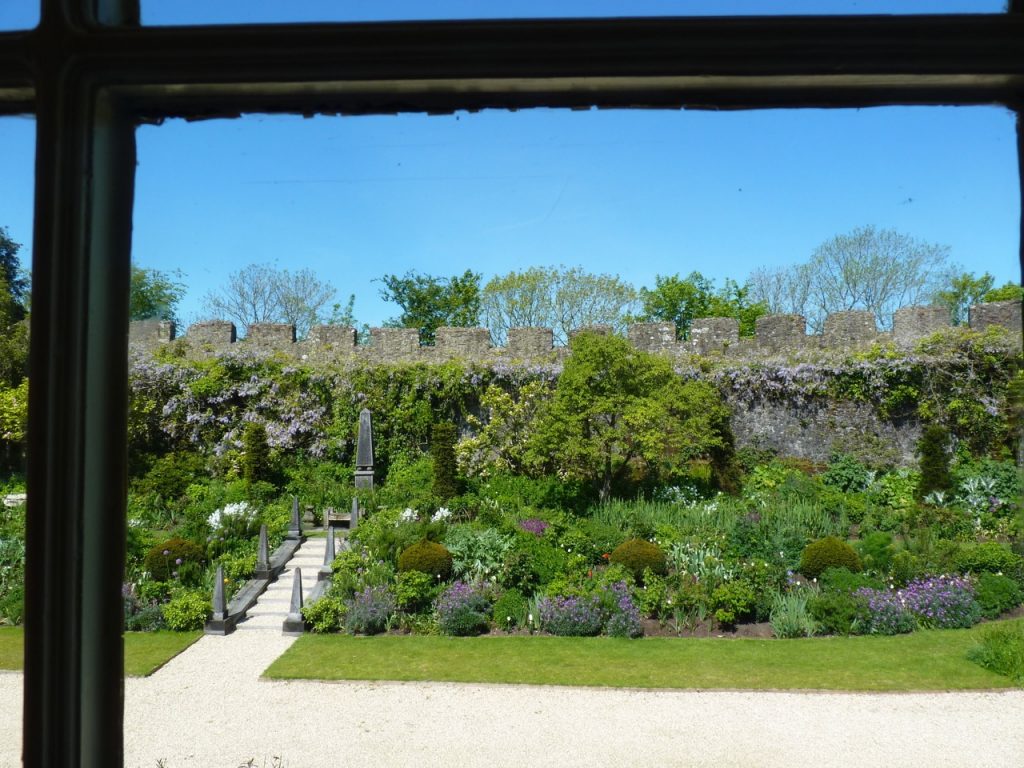
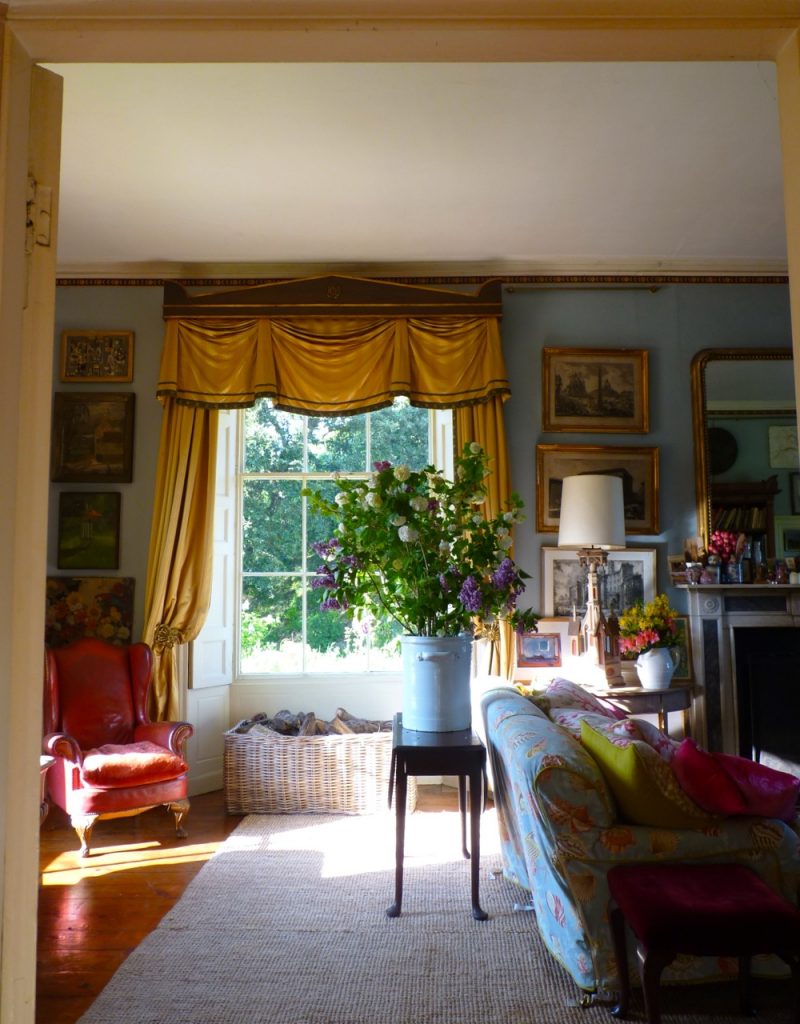
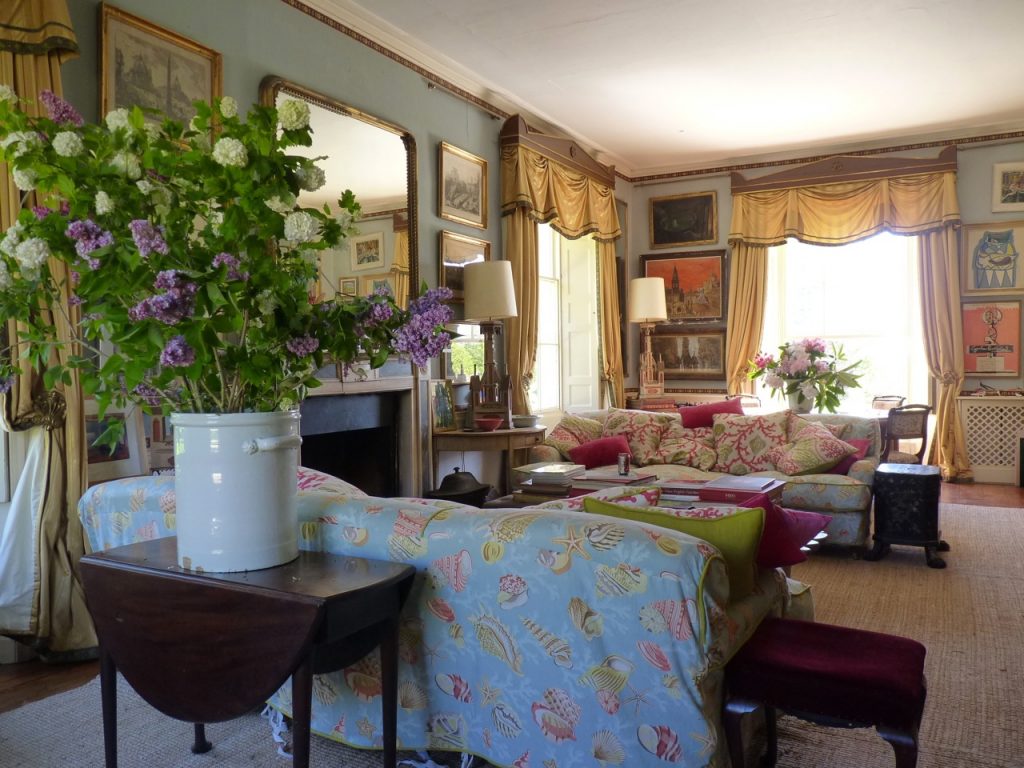
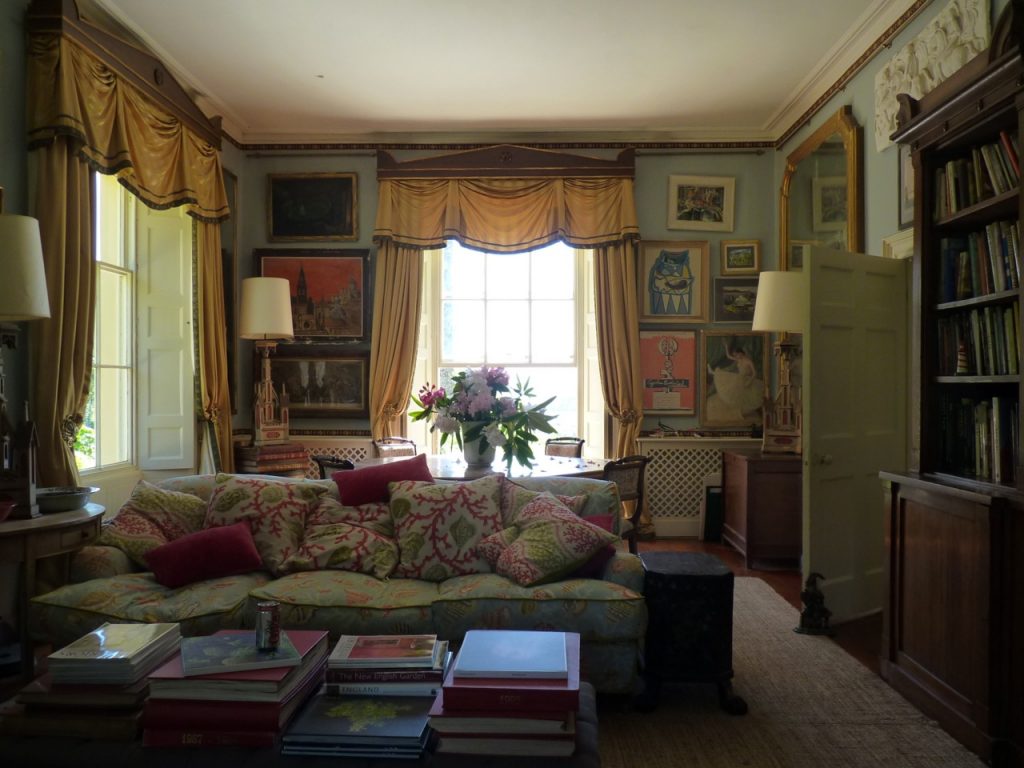
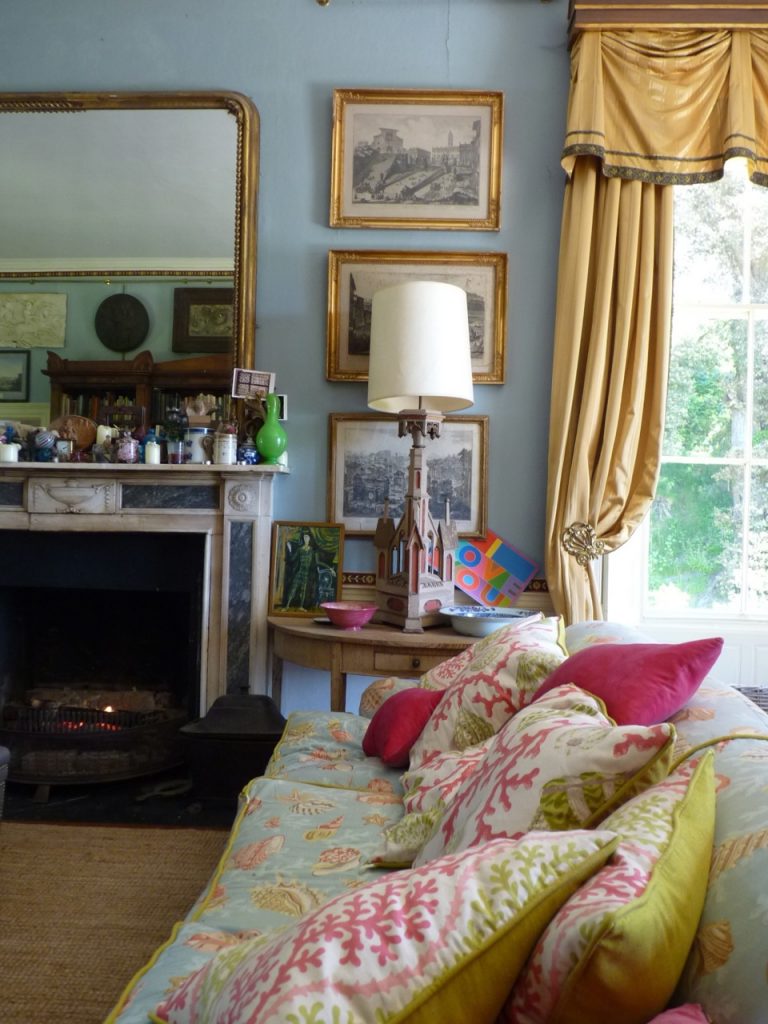
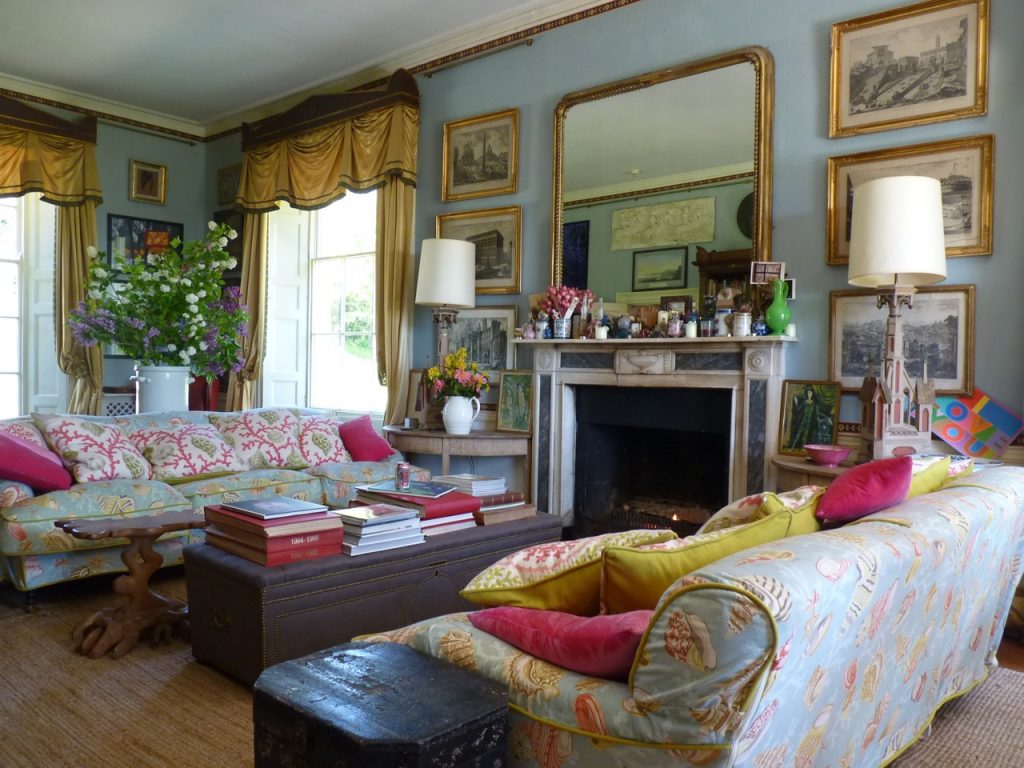
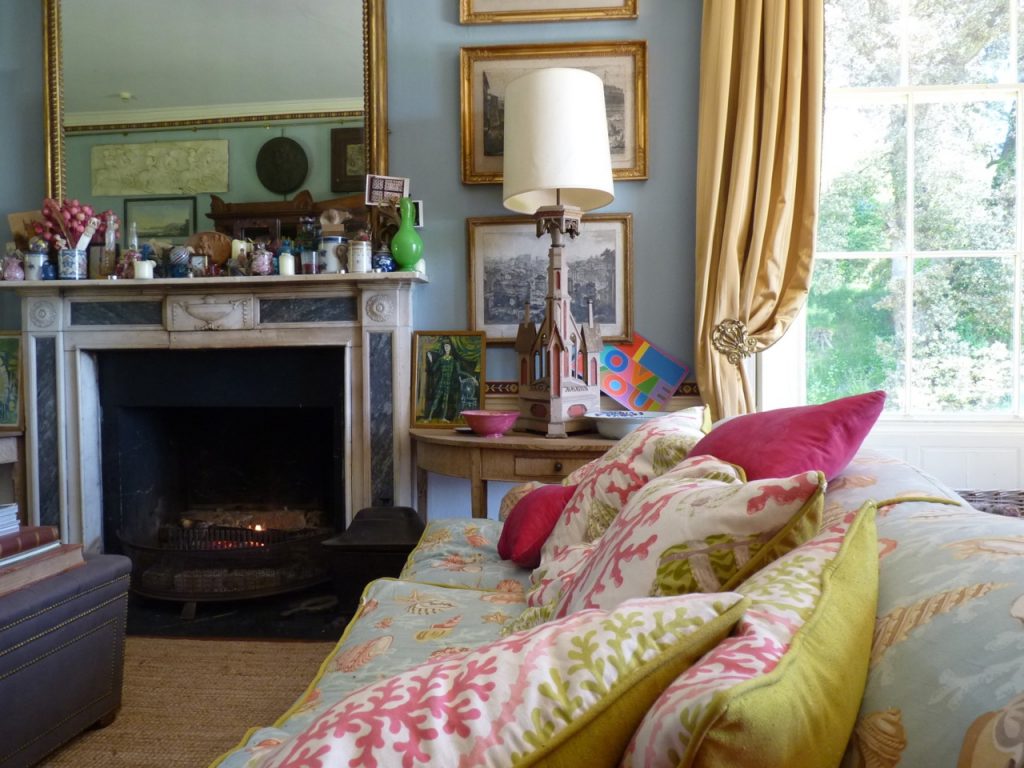

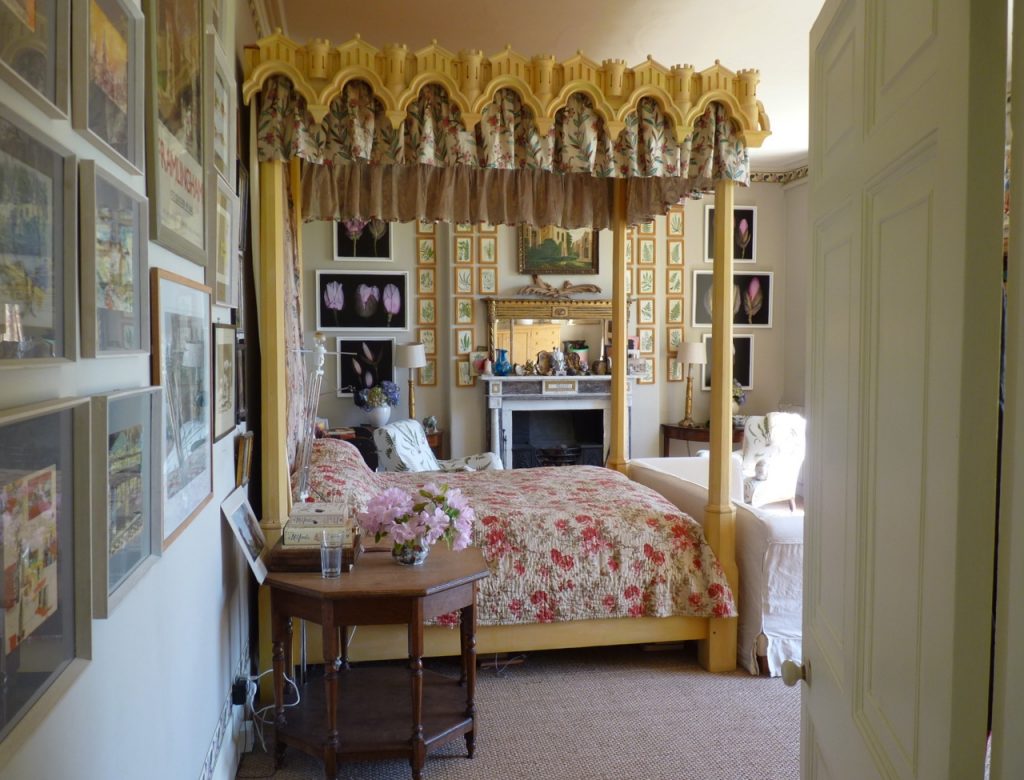
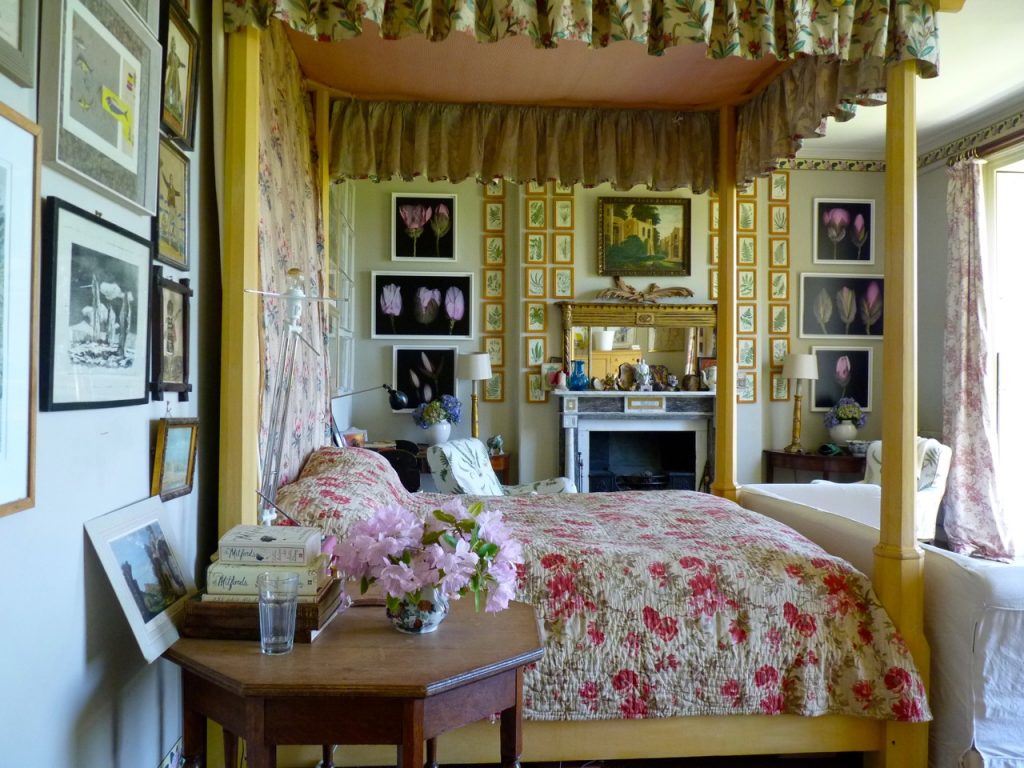
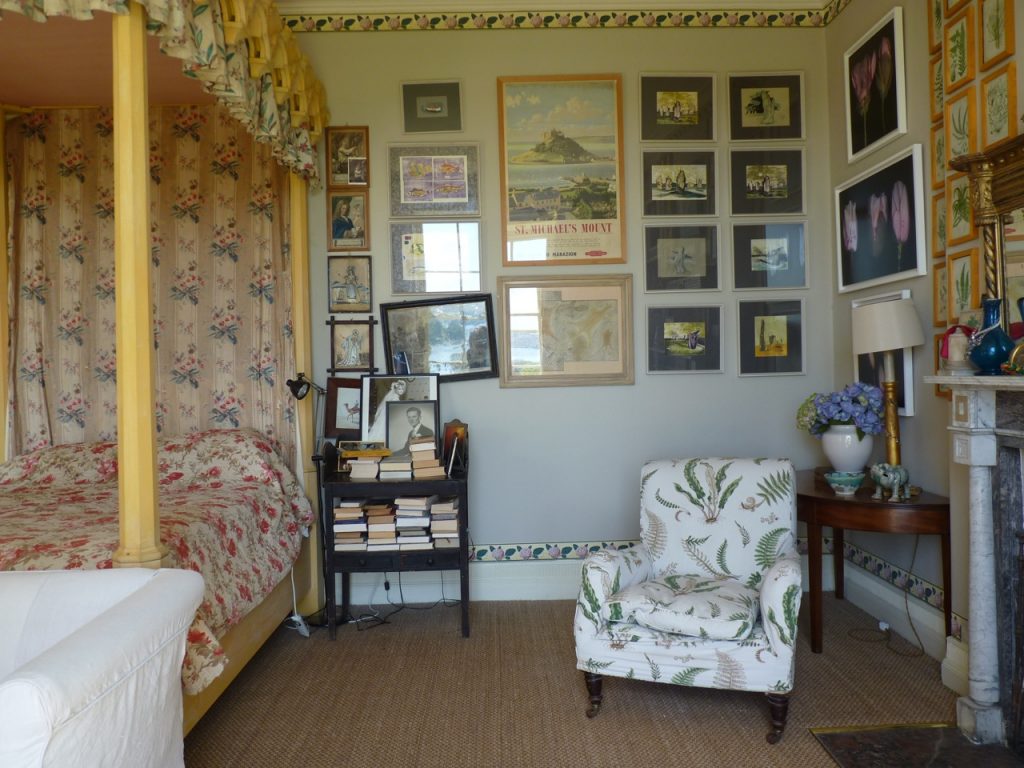
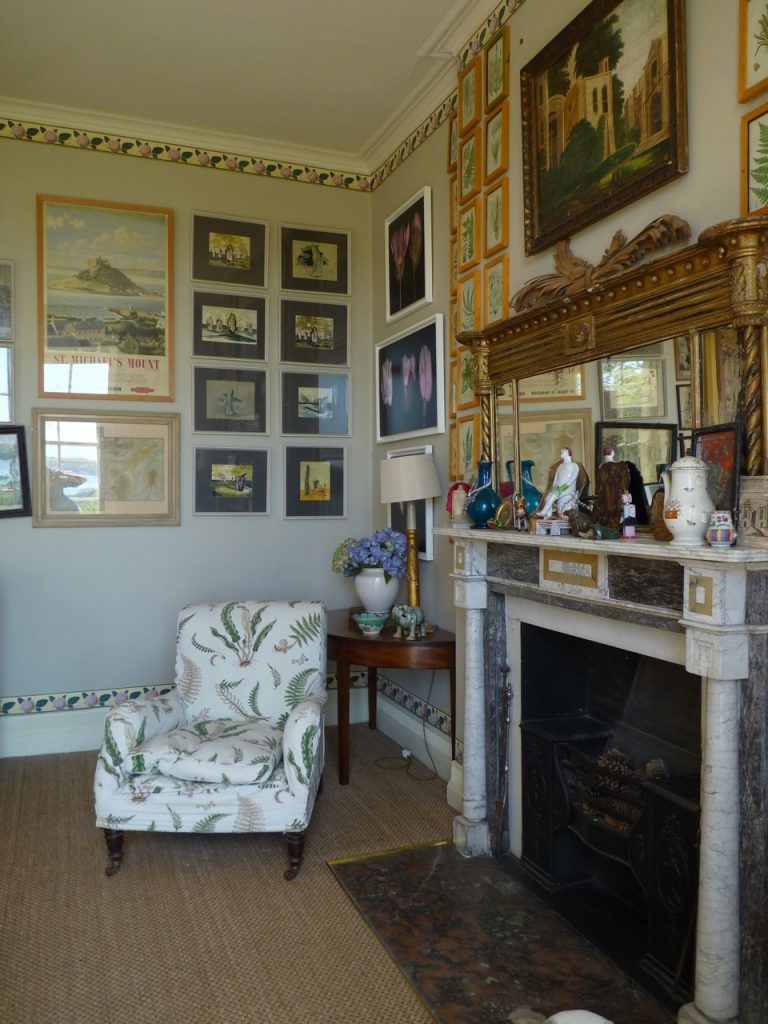
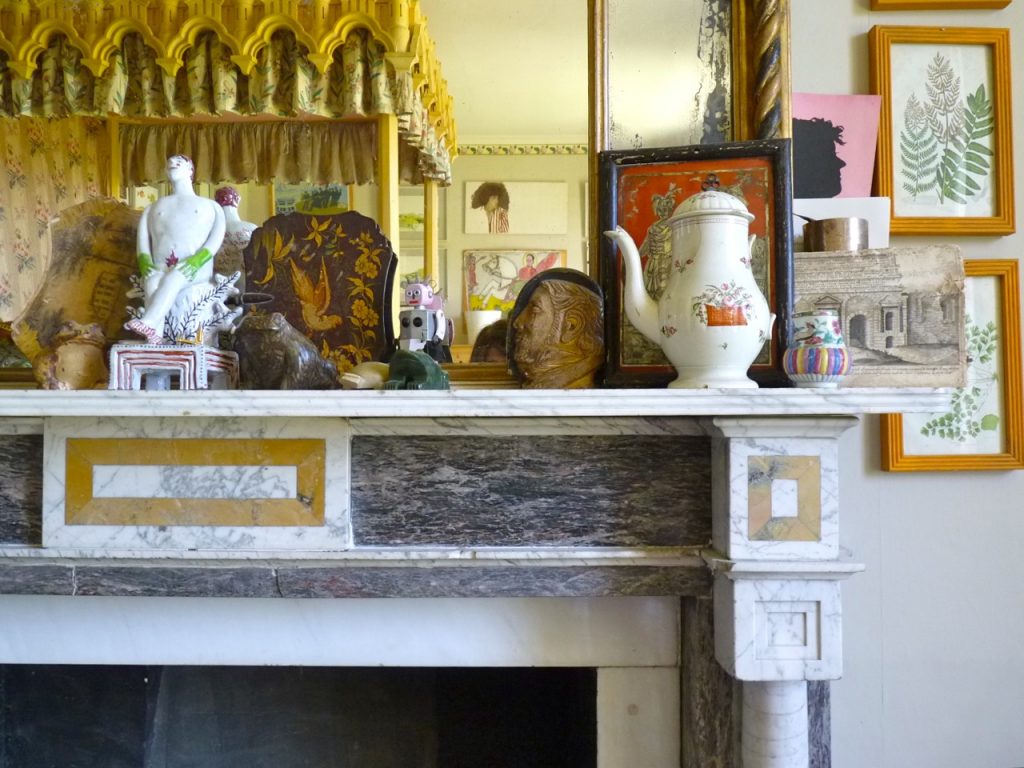
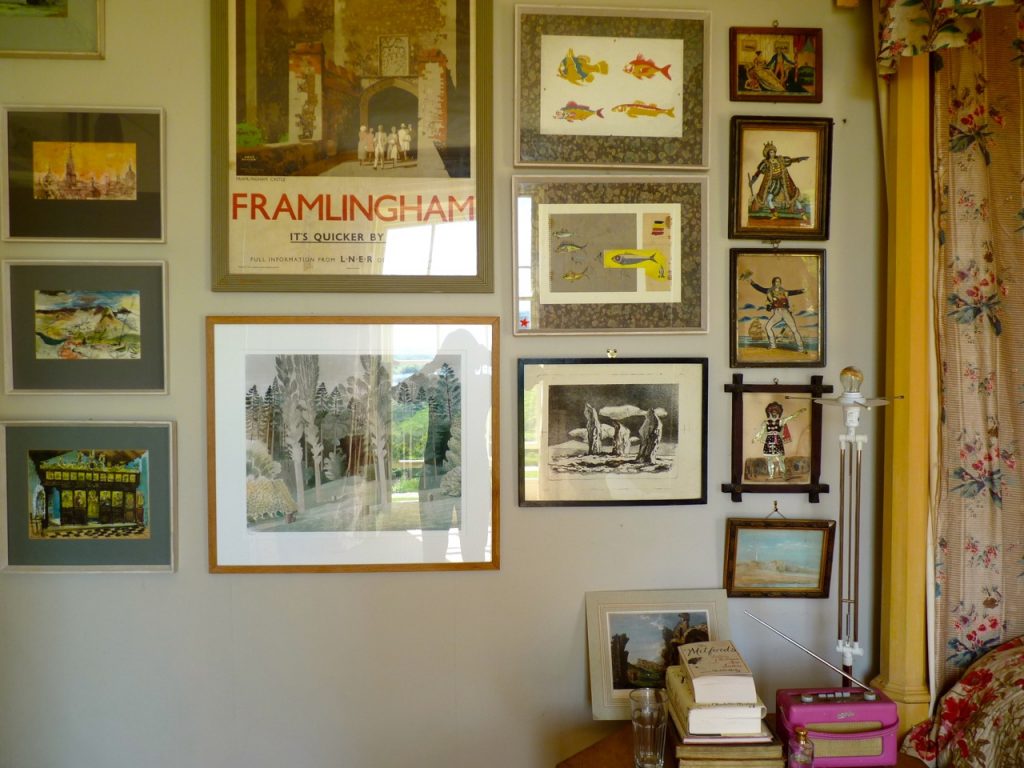
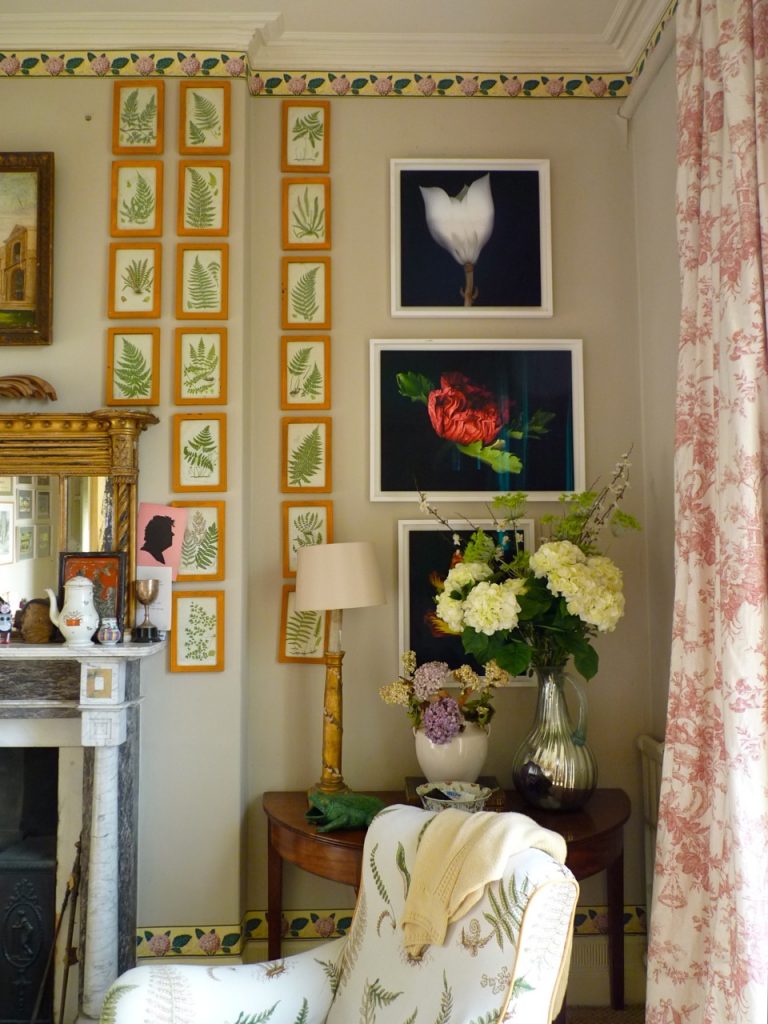
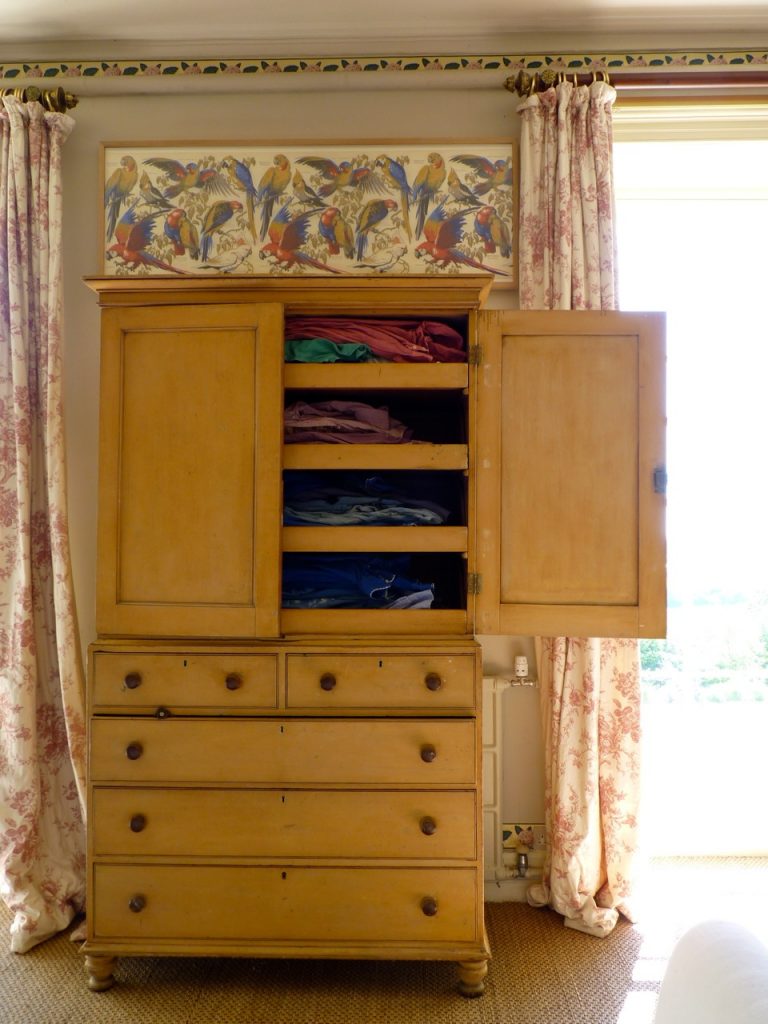
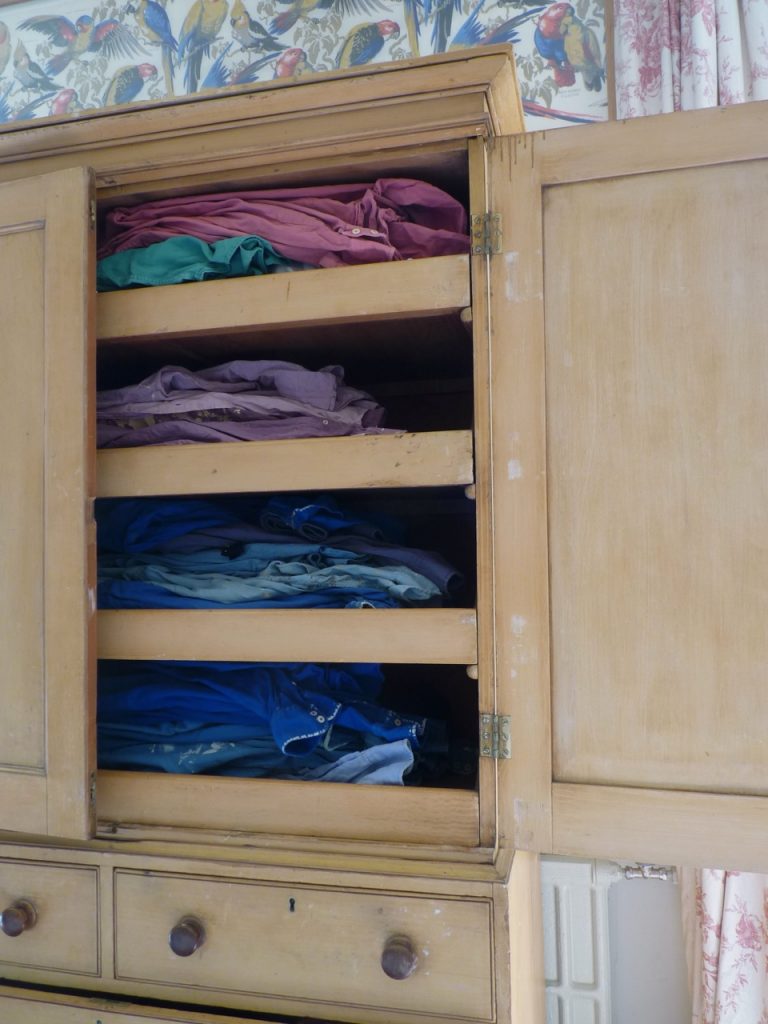
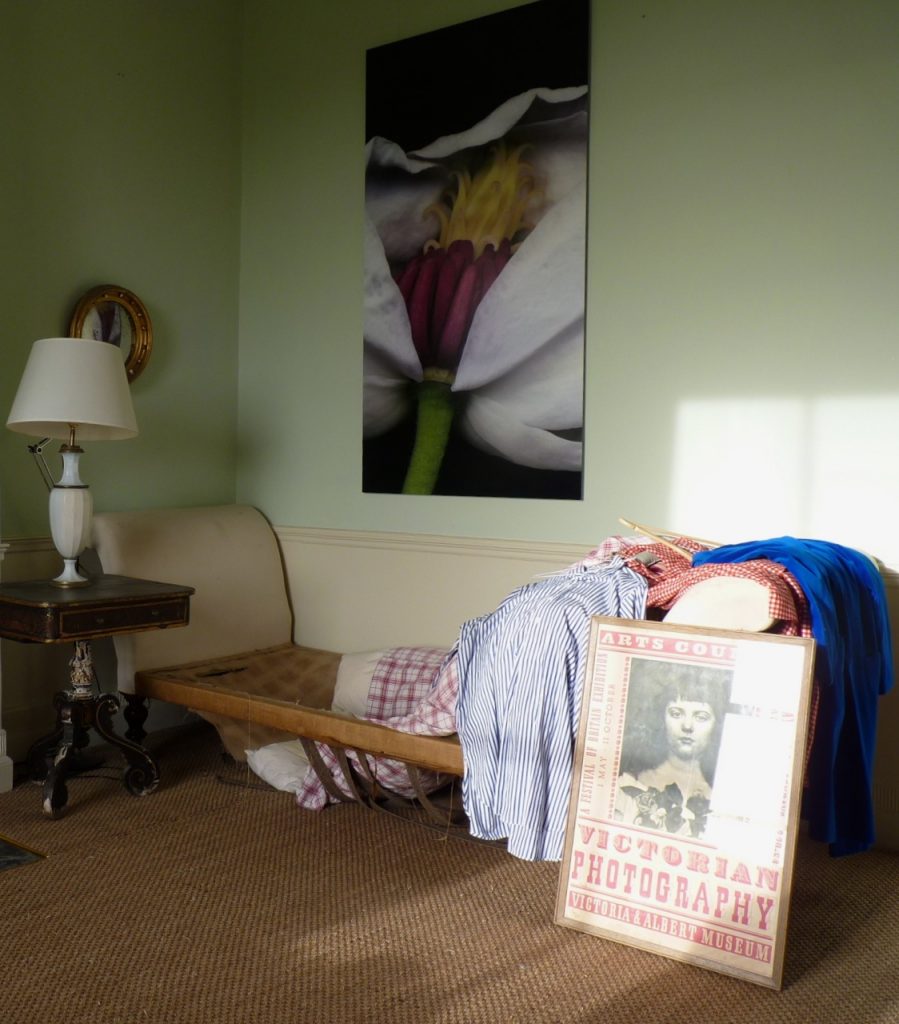
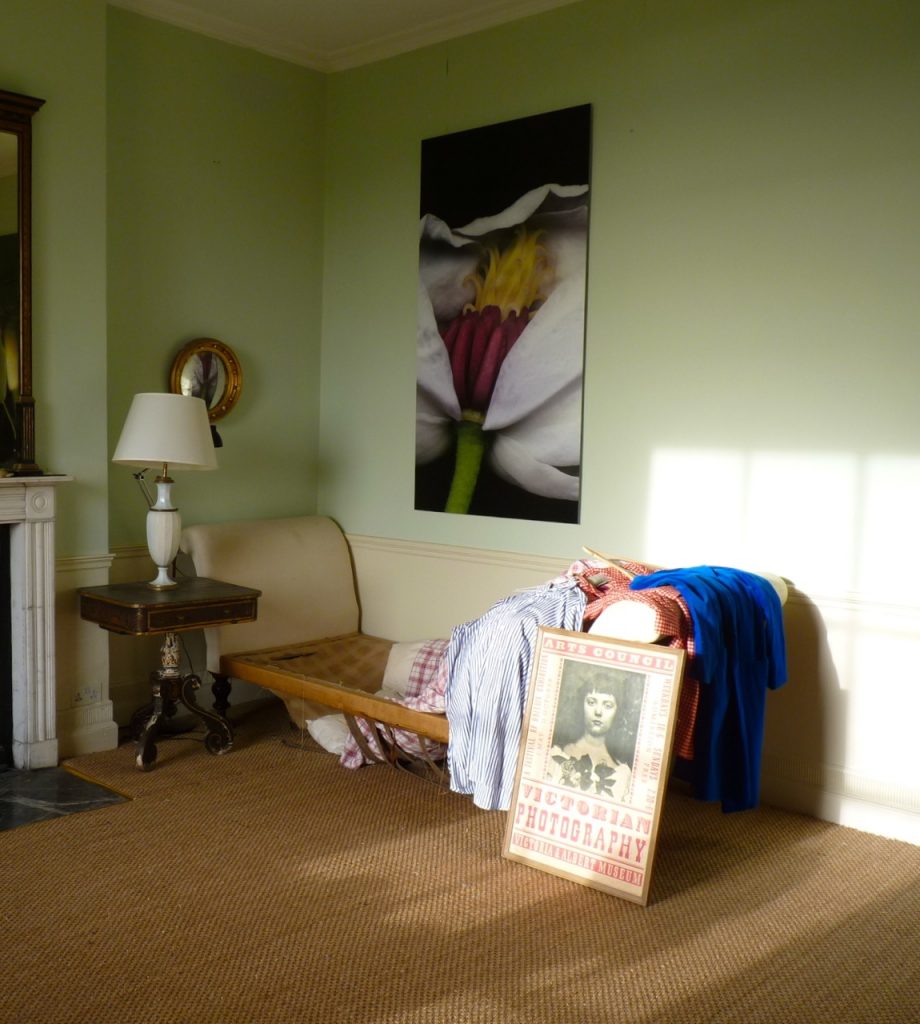
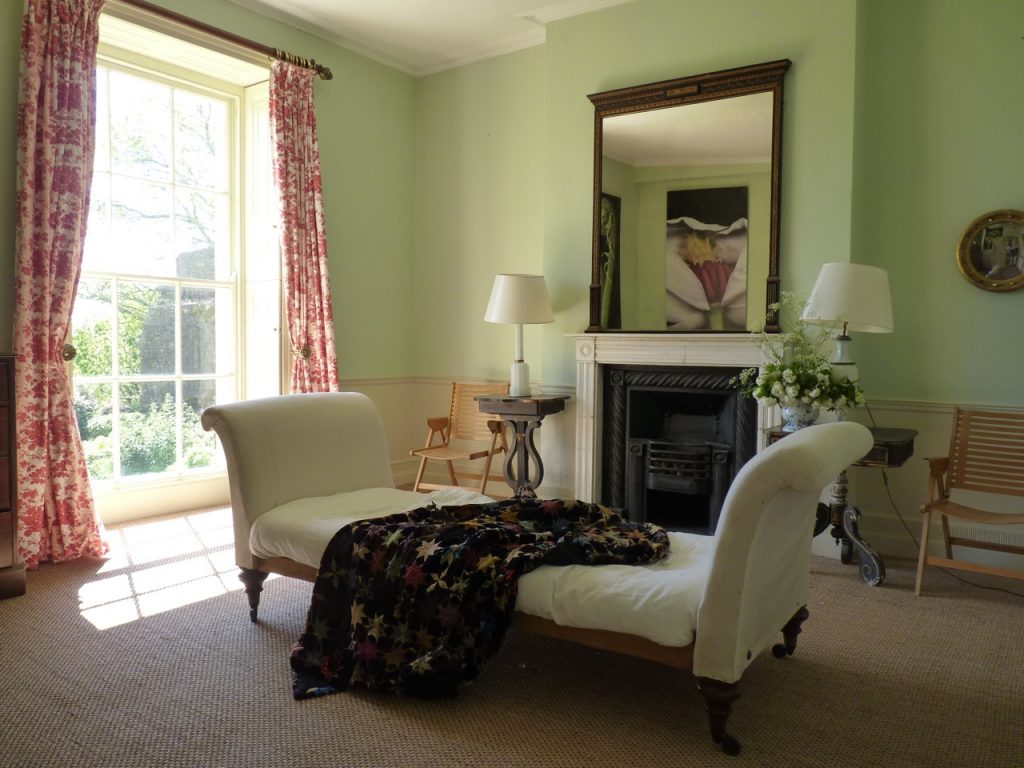
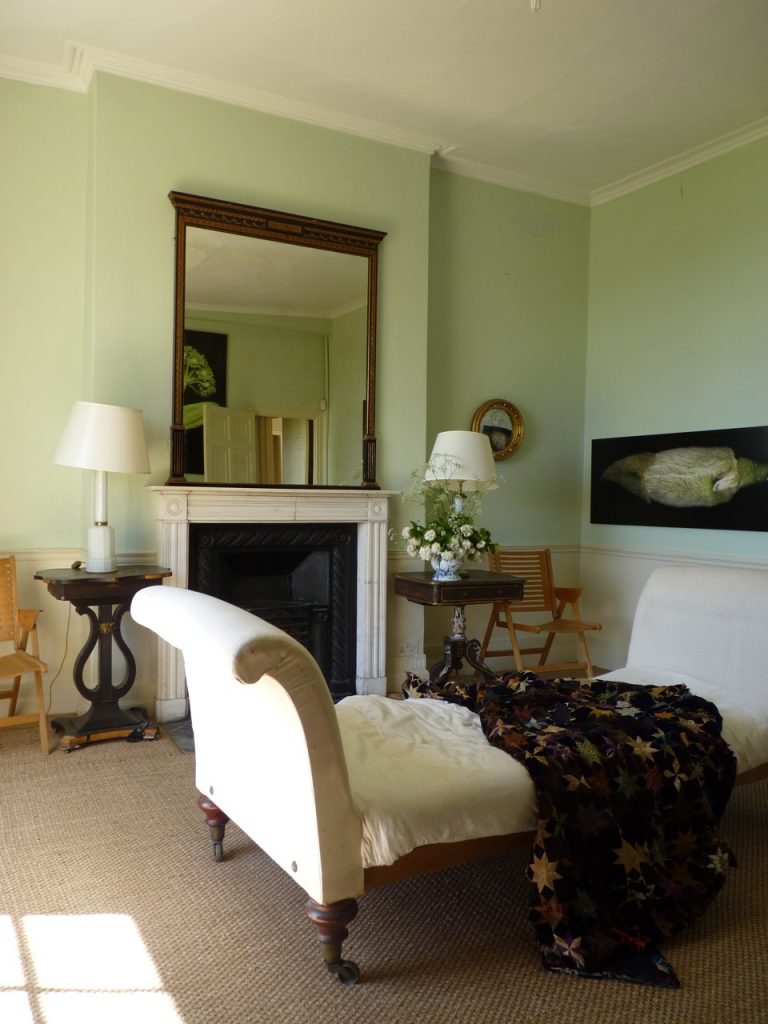
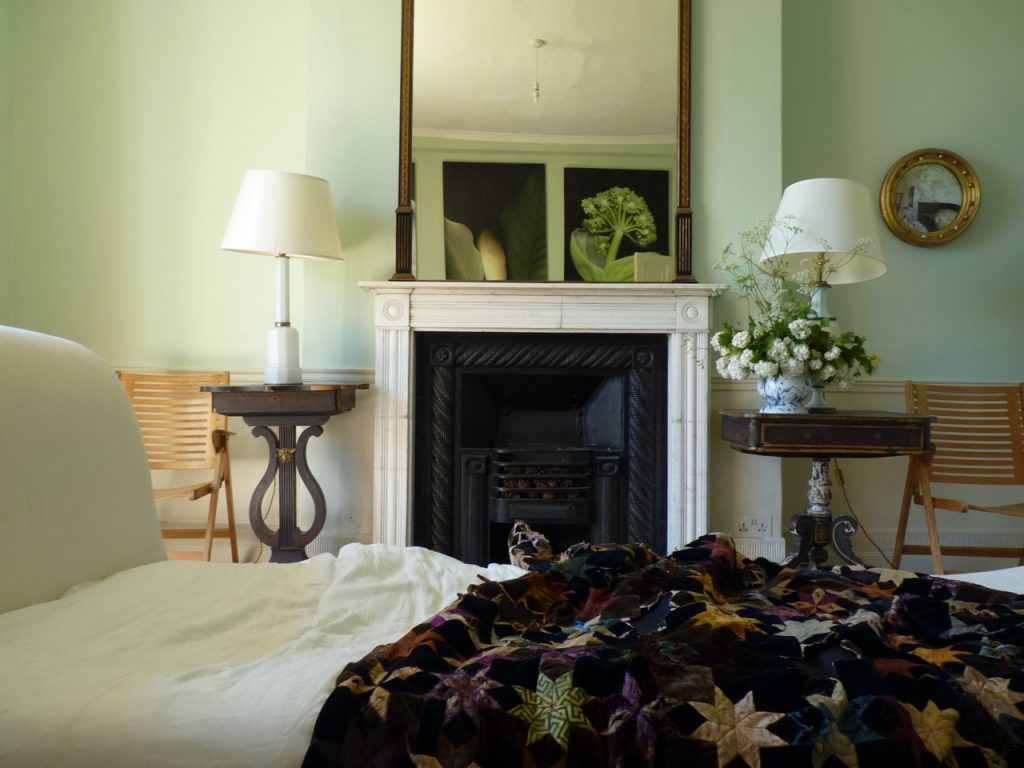
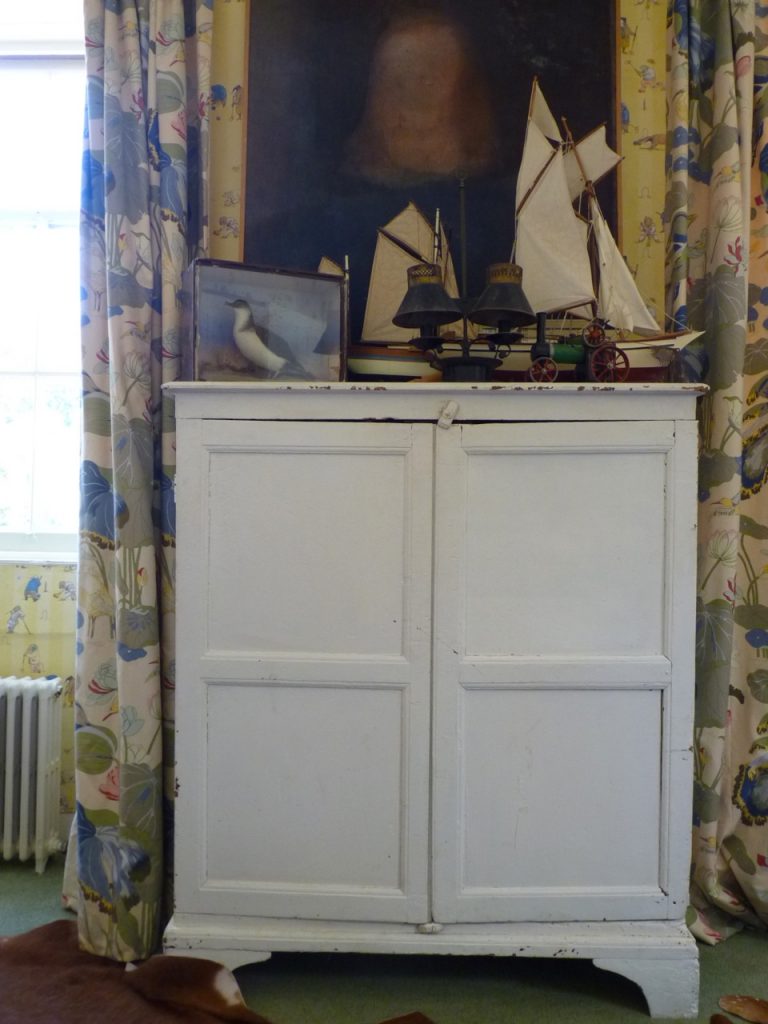
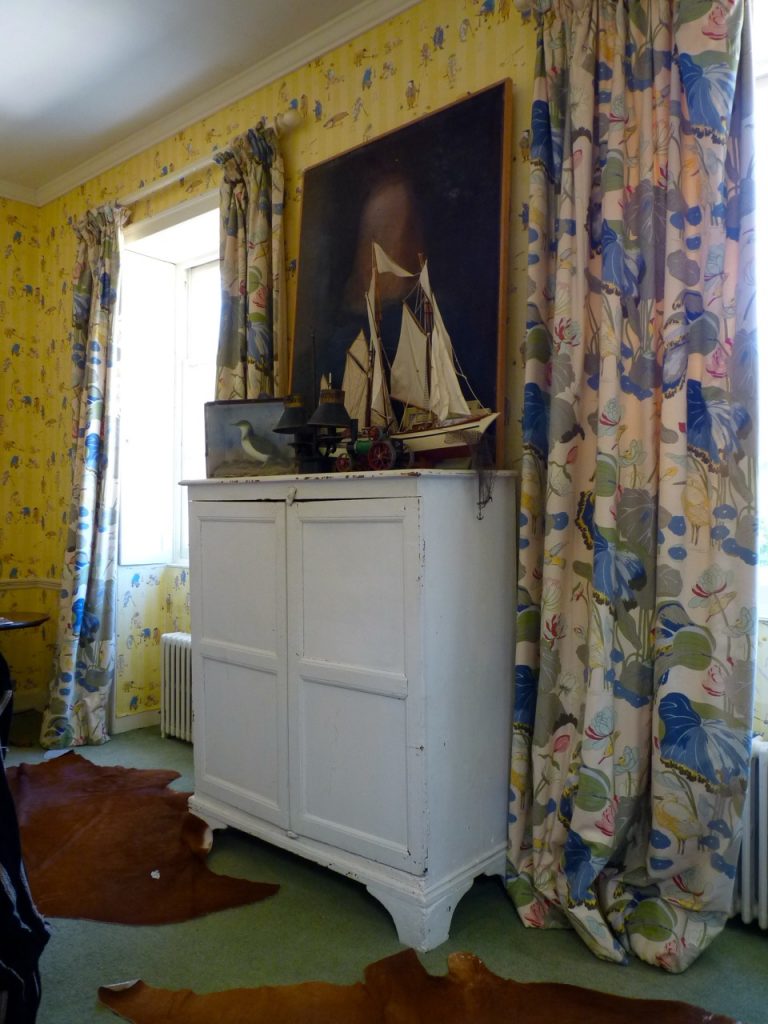
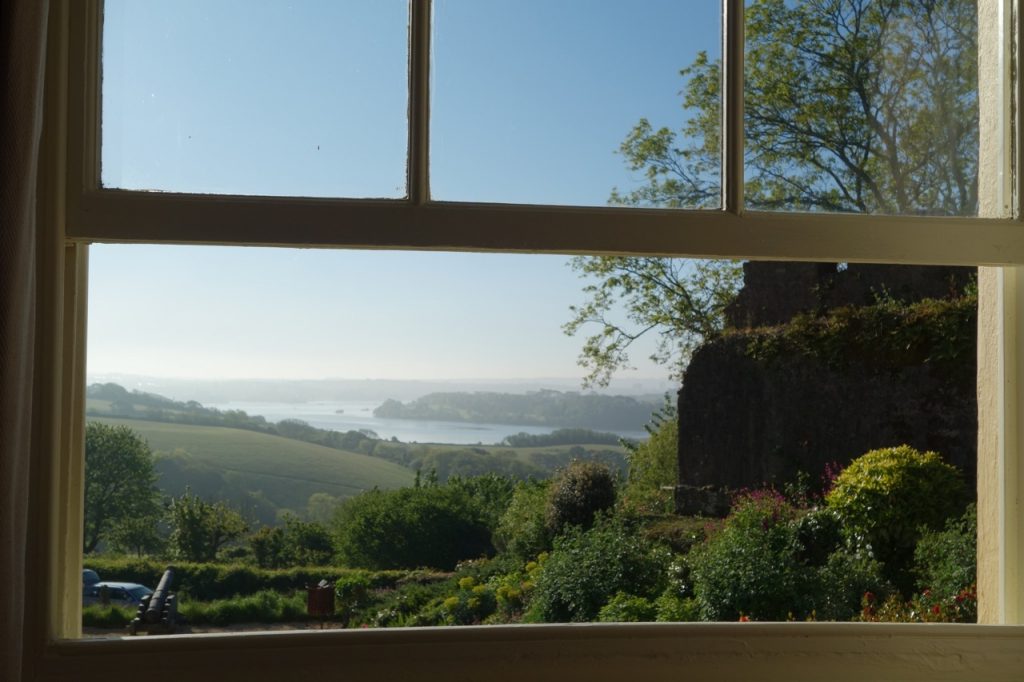
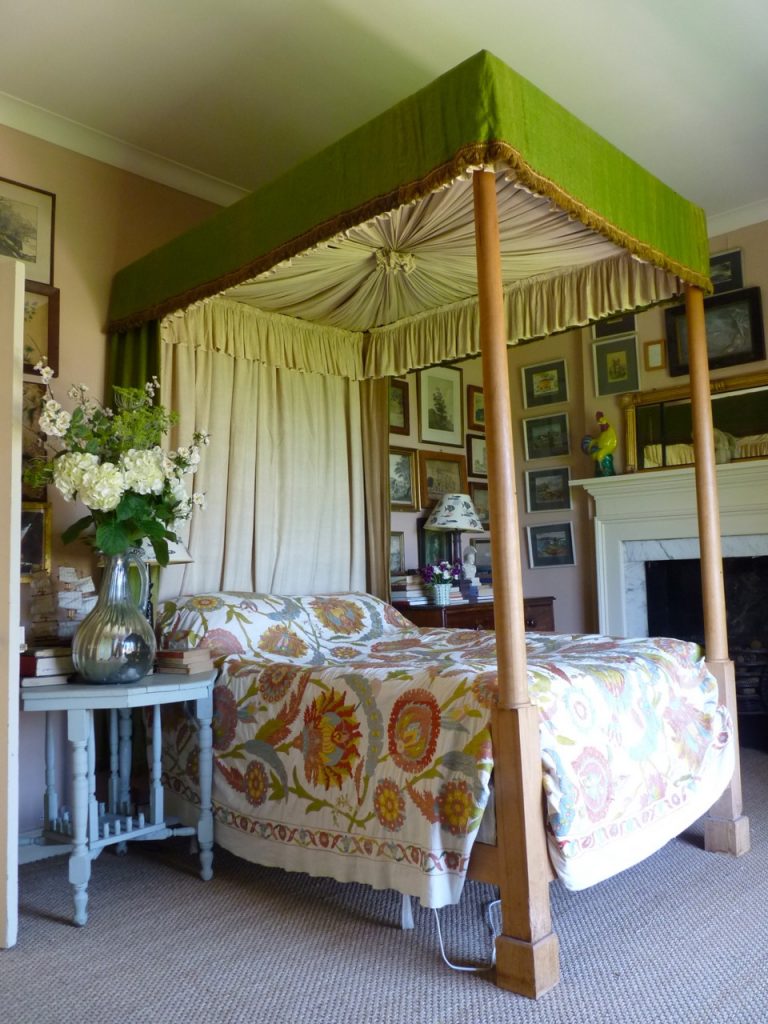
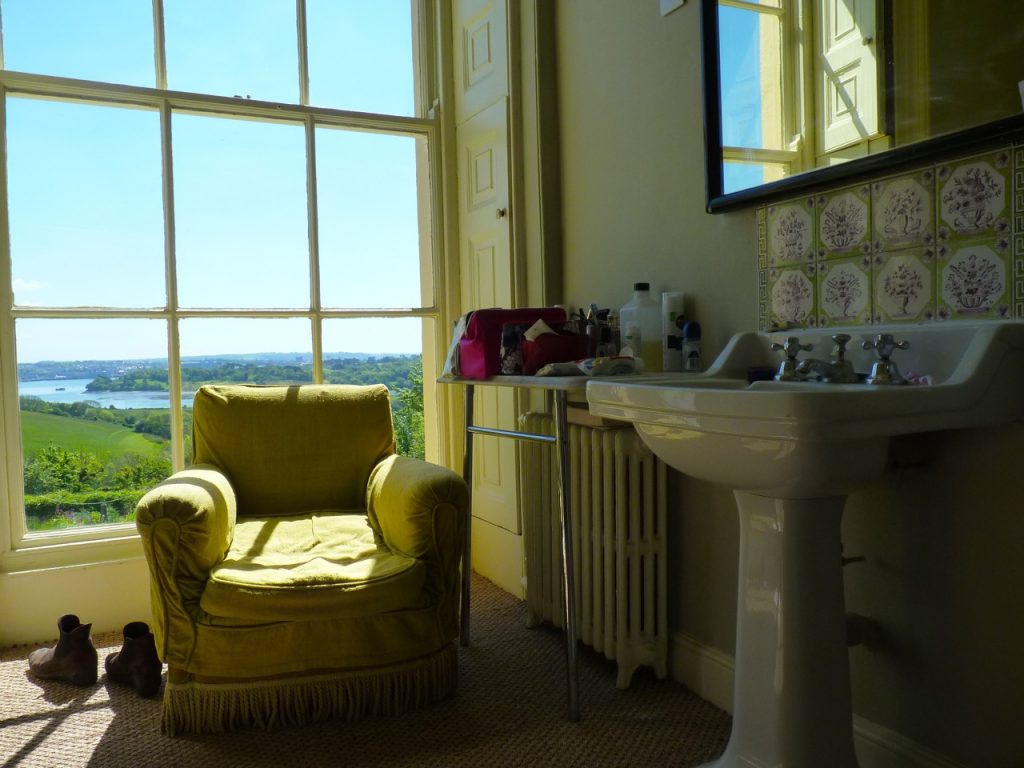
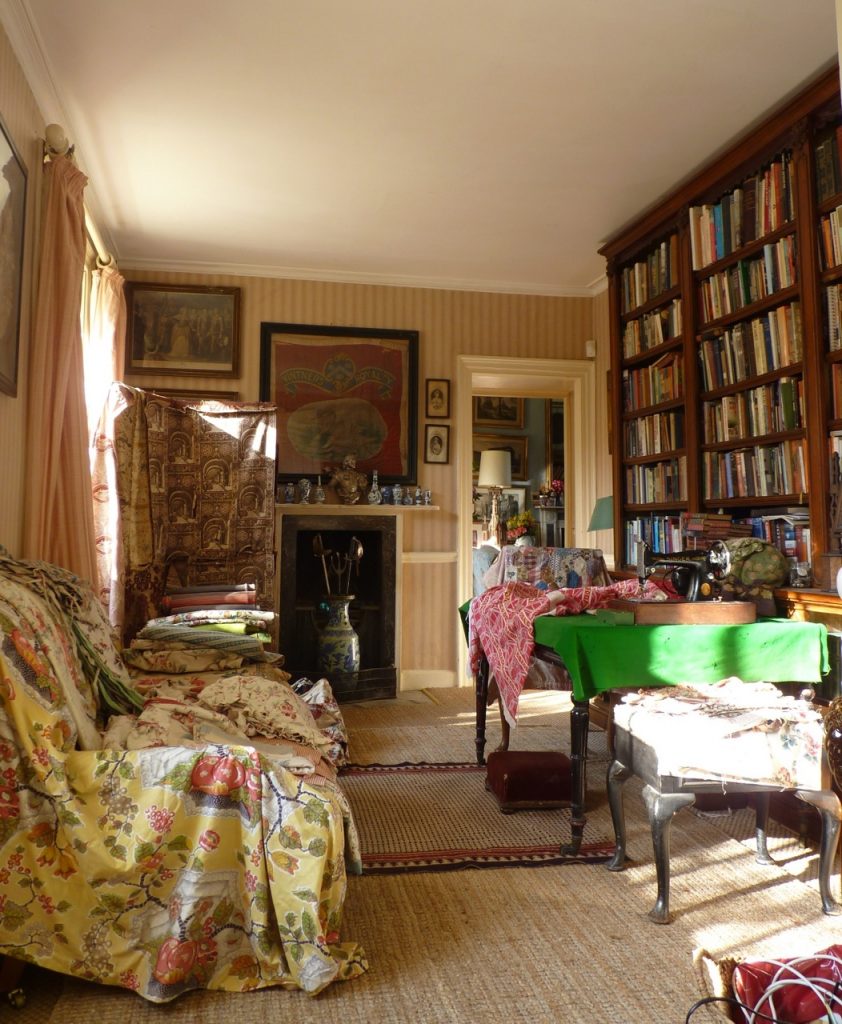
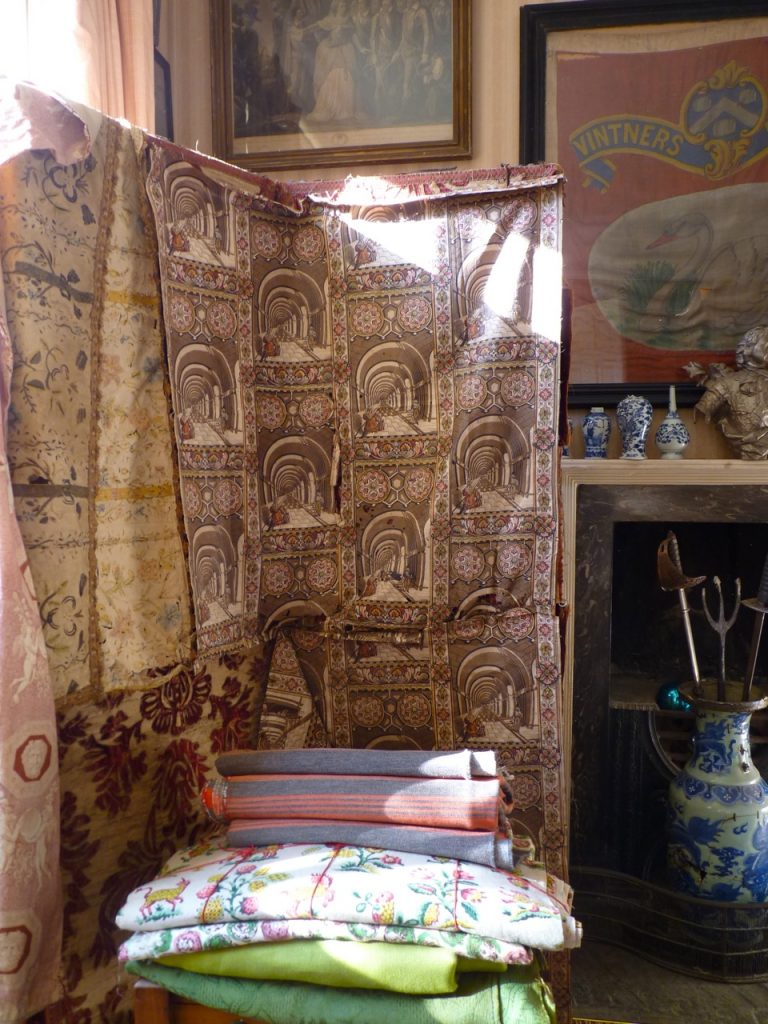
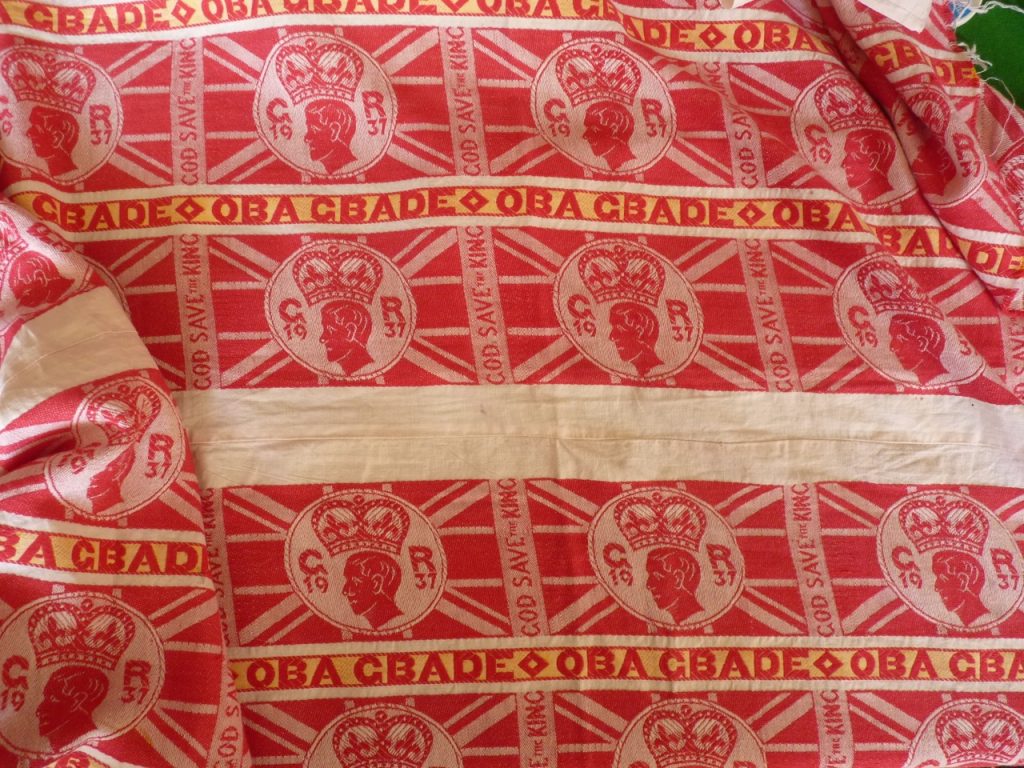
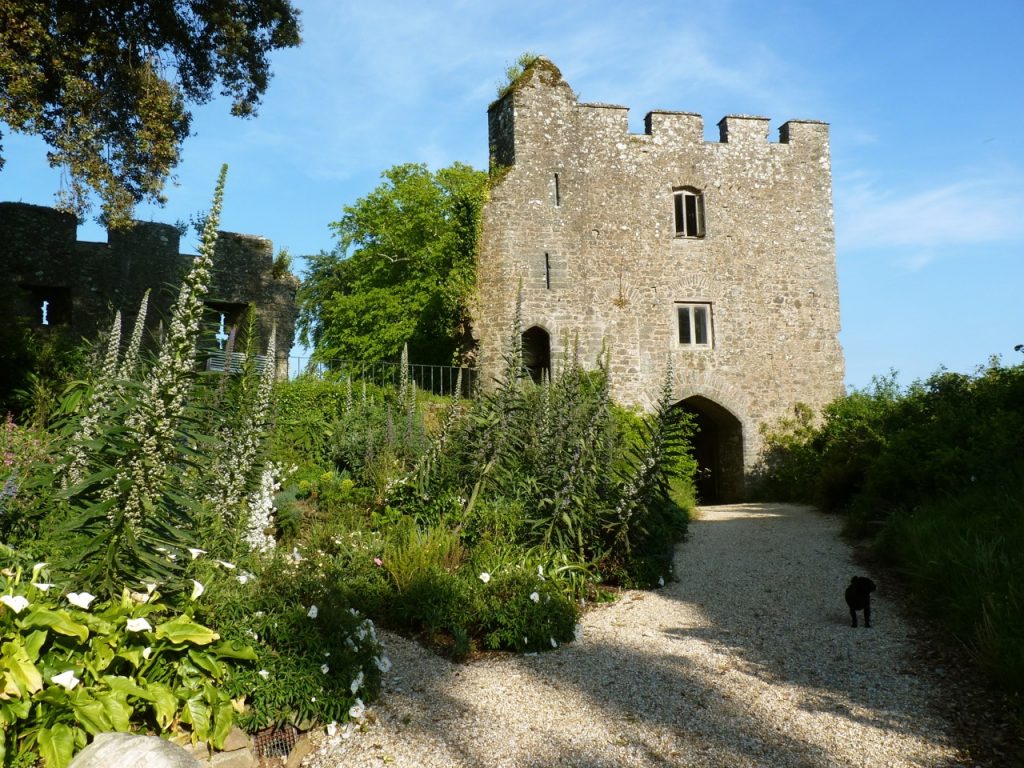
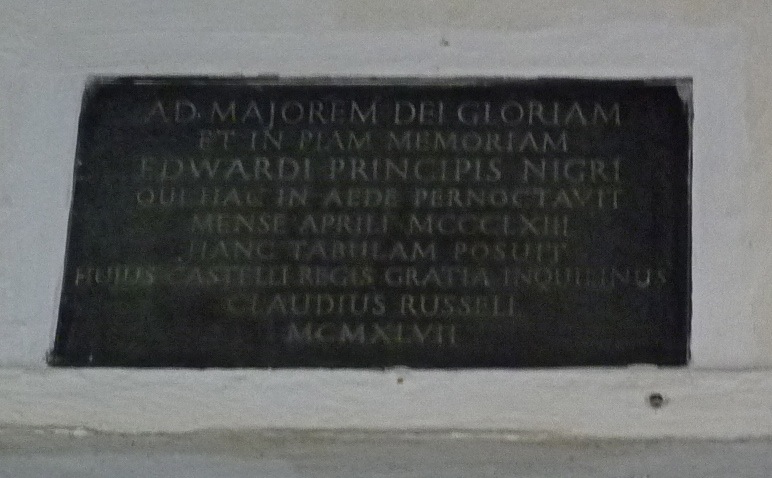
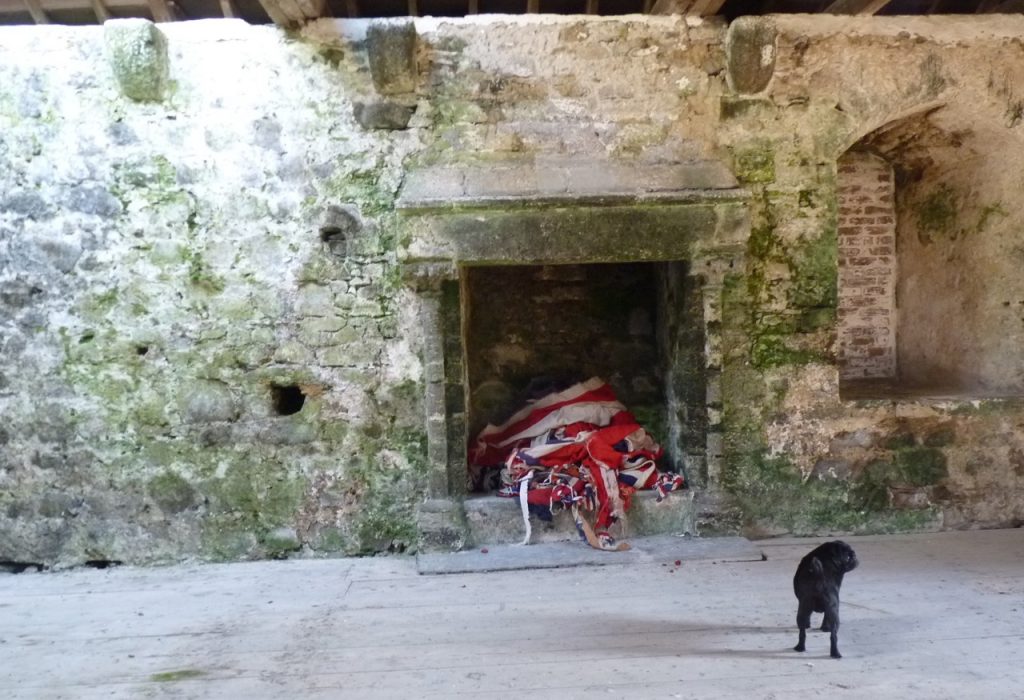
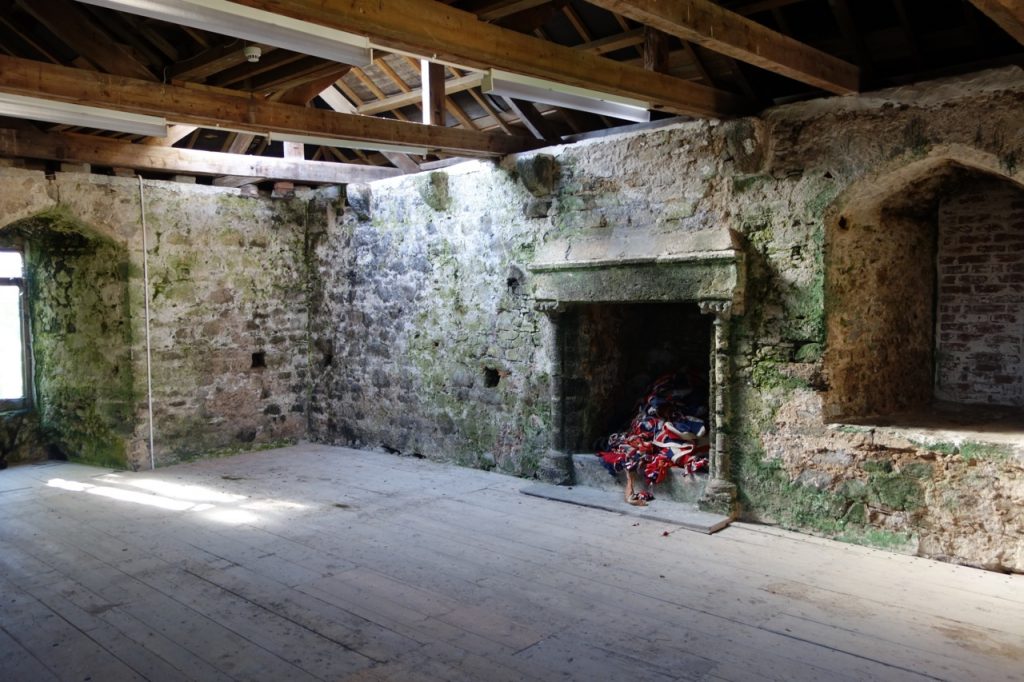
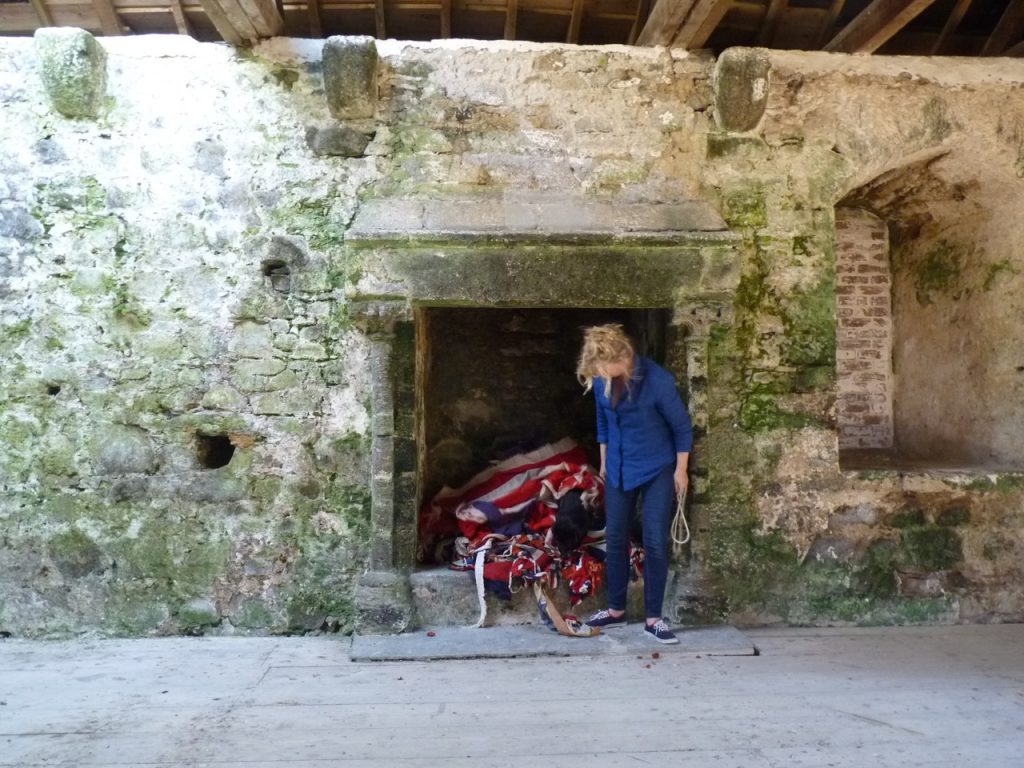
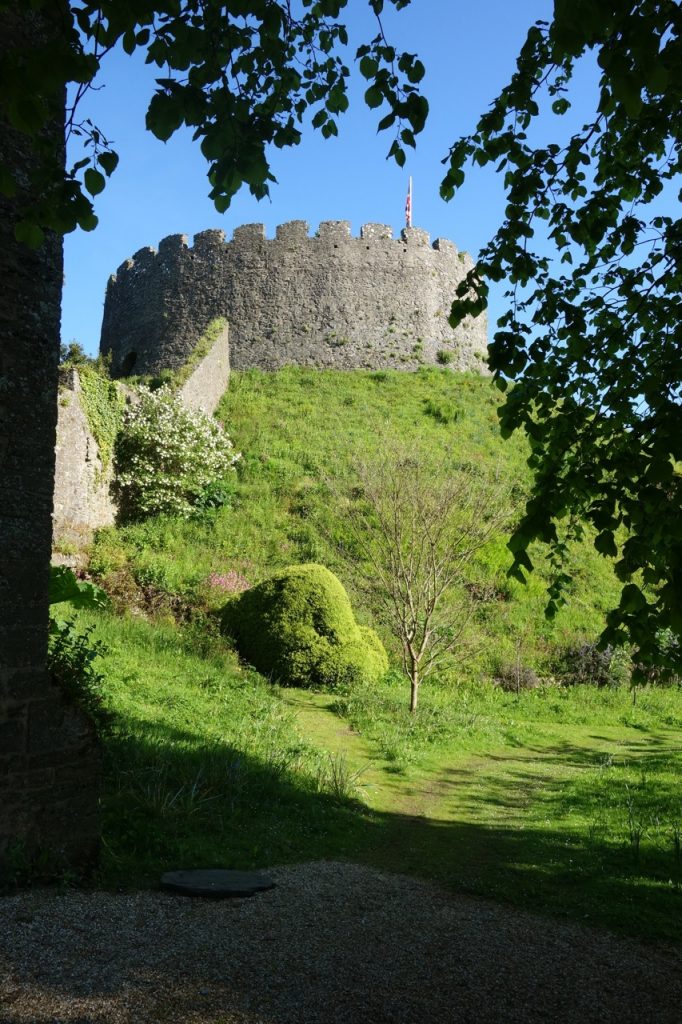
Yet another beautiful place you’ve introduced me to- I was especially
Interested to see such a large collection of glass paintings,something I have
long been interested in. Your site is endlessly fascinating and I find myself coming back to it all the time,
Thank you so much
David.
Thank you,this is much appreciated. I love these two Bannermans and revere all that they do, and I’m glad that others see the point of them, too.
you made my day – again <3
Thank you for introducing me to another wonderful place. These people have excellent taste, there is so much to look at and enjoy here.
Like all the best interiors, it looks like the house of a family who have lived there for five hundred years.
Fabulous post! Thank you for sharing. I’m thrilled to have stumbled upon your blog on a dreary Sunday in the US…you have a new follower.
k
THE BEST POST YET RUTH XXXXXXX
THANK YOU, Ben, you are the kindest thing!
Thanks so much Ruth. A great cheer-up on a Monday morning. Always enjoy nosing around such interesting places courtesy of BOBT. I find it quite reassuring to know such places exist outside of the imagination.
Absolutely love the number if Pics you post. I appreciate all the little details. Fabulous work, keep it up!
Delightful house…
Another wonderful post; the photographs are lovely. What an idyllic place to live! Delightful. Thank you for sharing your visit with us.
Hello,
Thank you for posting these beguiling and enchanting photographs of what truly is a delightful house and garden, full of treasures and personality. I truly enjoyed absorbing the detail of very single photograph.
Thank you again. I added your blog to my blog list so as not to miss another future posting.
CD
Another wonderful post, Ruth. What an amazing garden, I want to go there!
I came to your blog via Ben Pentreath’s Inspiration and am delighted to find such an interesting array of interiors and gardens. It makes me realise so far as the Bannnermans and others are concerned that more is more, as long as the “clutter” is either of a high quality or unusual or incredibly well arranged, and gives the impression of casual deposition. Will have to raid my grown children’s toys and nicknacks! Regards, Nicola
Many thanks to Ben Pentreath’s blog who made me discover yours. And thank you for sharing with us all over the world the results of your explorations!
A gorgeous house, Ruth. Best of all is the view from ‘your’ bedroom and the bathroom. Love the fern fabric on the chair I Isabel’s bedroom and those wonderful haphazard mantel-scapes, the polar opposite of David Hicks’ almost-measured-with-a-ruler tablescapes. Your best yet!
Margaret P
Such a beautiful home!! Thanks so much for sharing with us. The giant orb and amazing blanket chest are two of my favorites.
This post is great, it shows the house a lot better than the WOL.BTW the unknown fabric-Oba or Oba Gbade are traditional kings in southern Nigerian, mostly of the Yoruba people. The fabric could have been woven for his coronation/instalment .The profile on the fabric is maybe Caucasian because the rulers had to be approved by the British colonial authorities.
Thank you that is fascinating – so it is probably for the Coronation of George VI, linking him with the then ruler Oba Ajiboye Ariyowonye, as Nigeria was and ia a Commonwealth country.
Gorgeous feature – the photos are captivating and the home wonderfully memorable. Excellent post.
I’m now obsessed with tracking down the fabric used for the curtains in Ismay’s bedroom, with the plants and birds. Any idea what it’s called or where to find it?
I think its a Bakers fabric.Probably out of production but you could try searching online.
Well, that was an excellent suggestion — found it almost immediately, and still in production: GP & J Baker’s “Nympheus” linen in stone/pistachio colourway. Thanks once again!
have come back to this post time and again. don’t suppose you know the story behind the fantastic lamp shades in the drawing room? they look as though they may have been custom built by a carpenter/friend/daughter/son? either way, they’re about the best lights i’ve ever seen!
I think they might be made from architectural salvage, possibly parts of a C19th gothick church organ case, but I will try to find out for you.
I just love follow you, lots of interesting visits in reality.
There is one picture in this article, the bathroom with the green wall.
In of the picture frames there is a text, starts with “BOOKS are the masters who” …can some one tell or know what it says and comes from? I like what see. Thanks a lot if, greetings from Sweden!
It’s apparently something written by Richard de Bury (24 January 1287 – 14 April 1345), also known as Richard Aungerville or Aungervyle, an English priest, teacher, bishop, writer, and bibliophile.Regards from RG.
Hello!
I keep coming back to those pictures, they are so good!!
I especially like, like you, the dinig room. Would you know by any chance what the paint colour is?
Thank you!
Laureline
It might be Fowler Pink by Farrow and Ball?
There was no garden ‘as such’?! Well that’s not true. I worked here during 2006 and 2007 for Mr and Mrs Bulmer and the garden was spectacular. Our head gardener actually did all the hard work of preparing it so it could look like it does now!
I’m interested in the parrots print that hangs over the yellow wardrobe in the master bedroom. It really looks like a print on crepe paper a friend found inside a drawer of an old desk.
We were presuming it is british and might date back to the beginning of the 20th c.
It is almost 3m long with a colorful parrot on an esotic pine branch. Could it be wrapping paper? Can you please give us any information? Thank you for your wonderful work!
golikov1r@mail.ru
I’m not that much of a internet reader to be honest but your blogs really nice, keep it up!
I’ll go ahead and bookmark your site to come back down the
road. Cheers